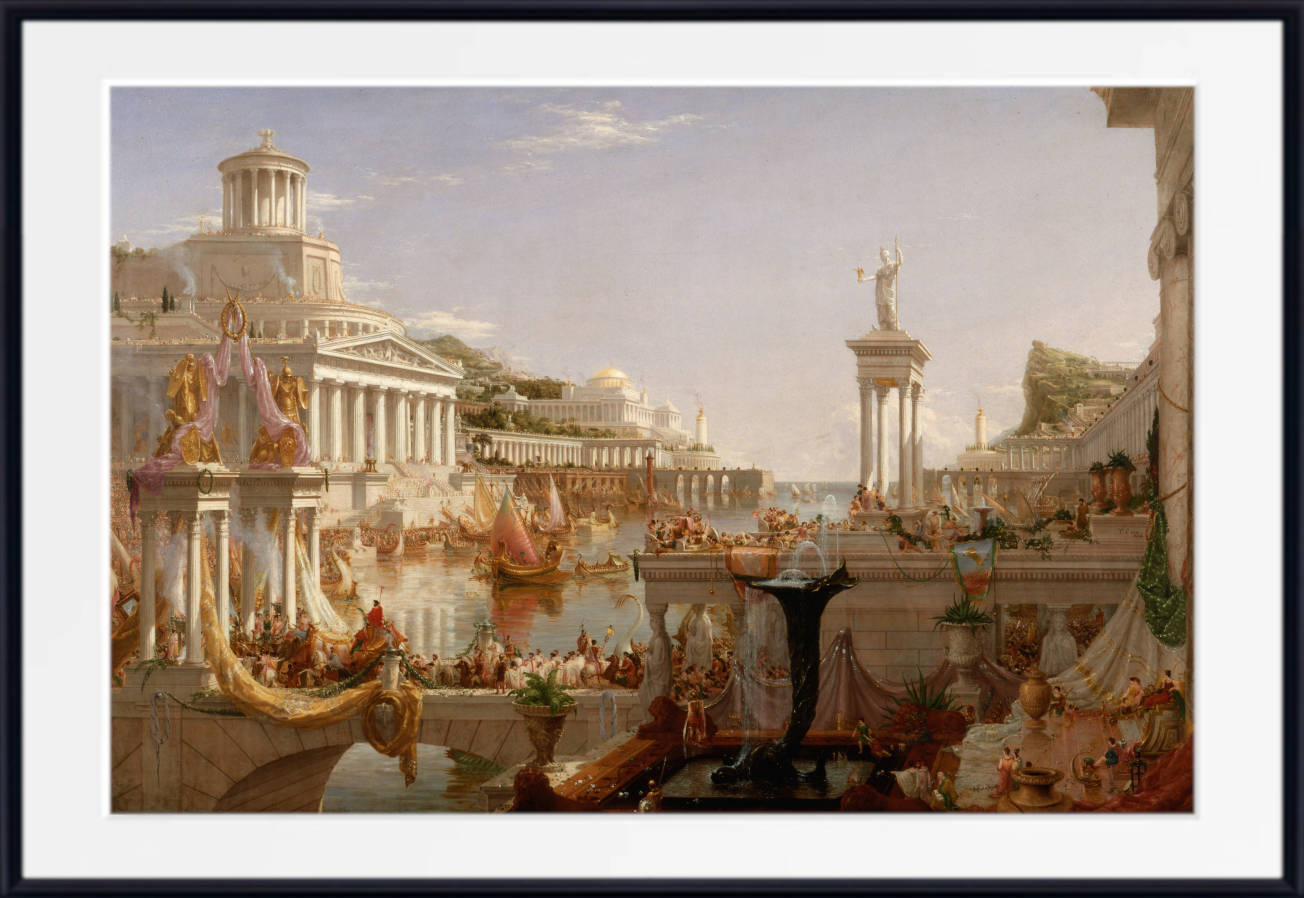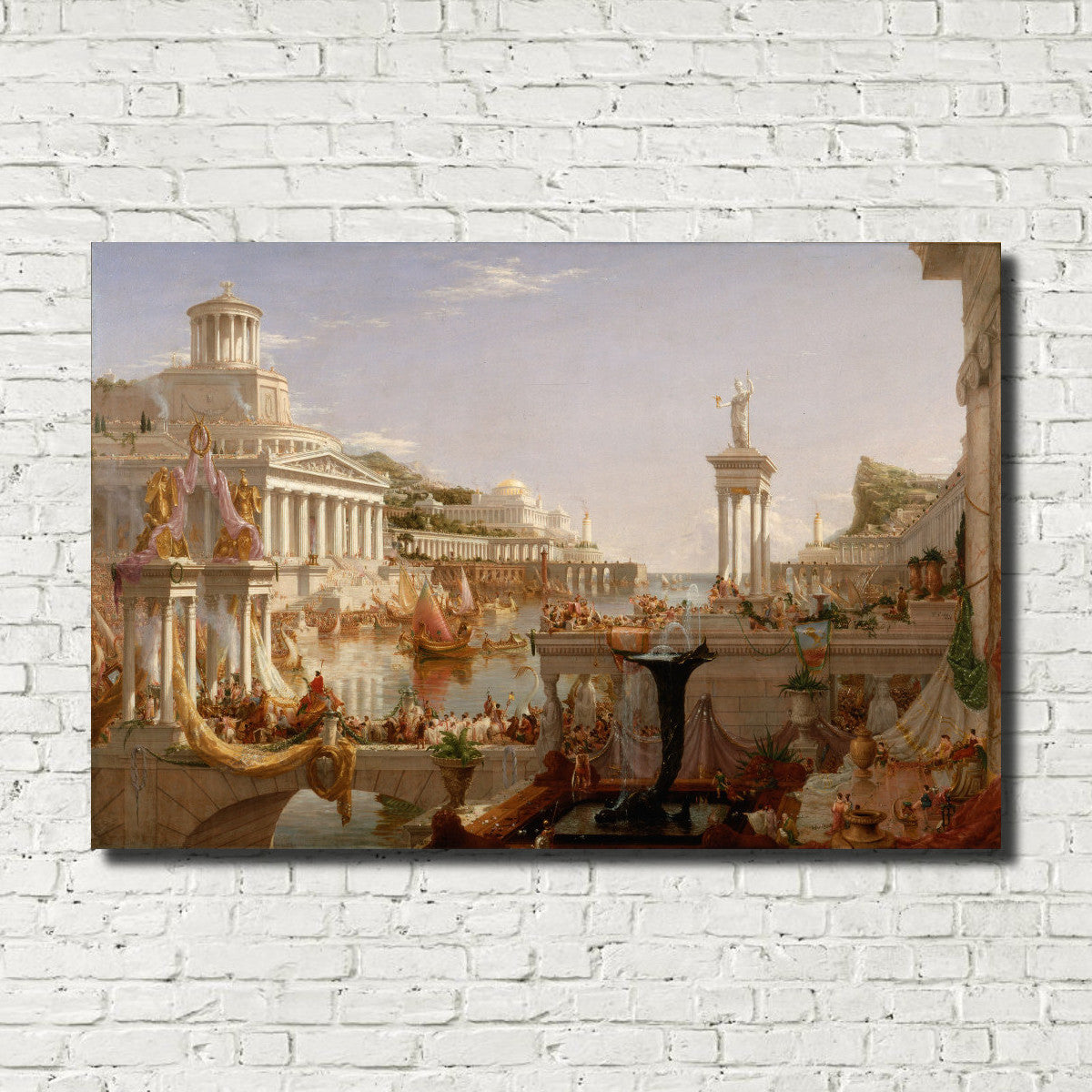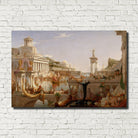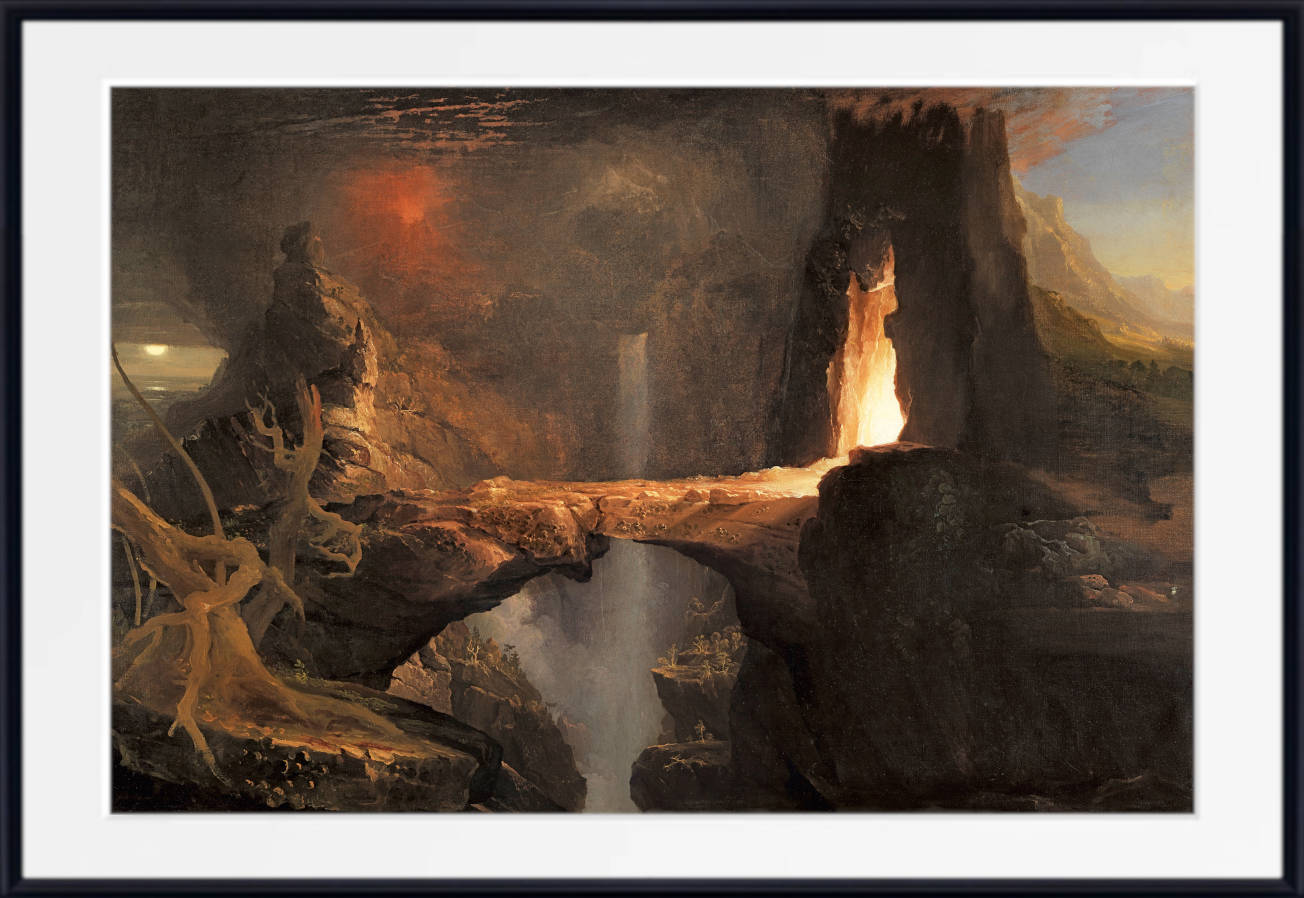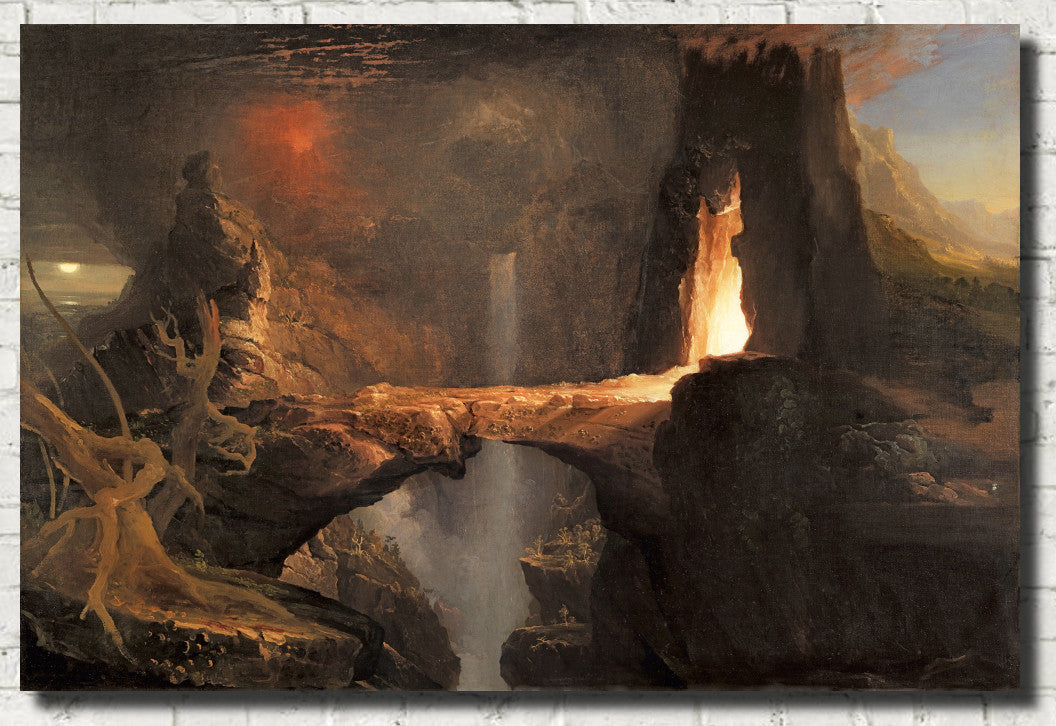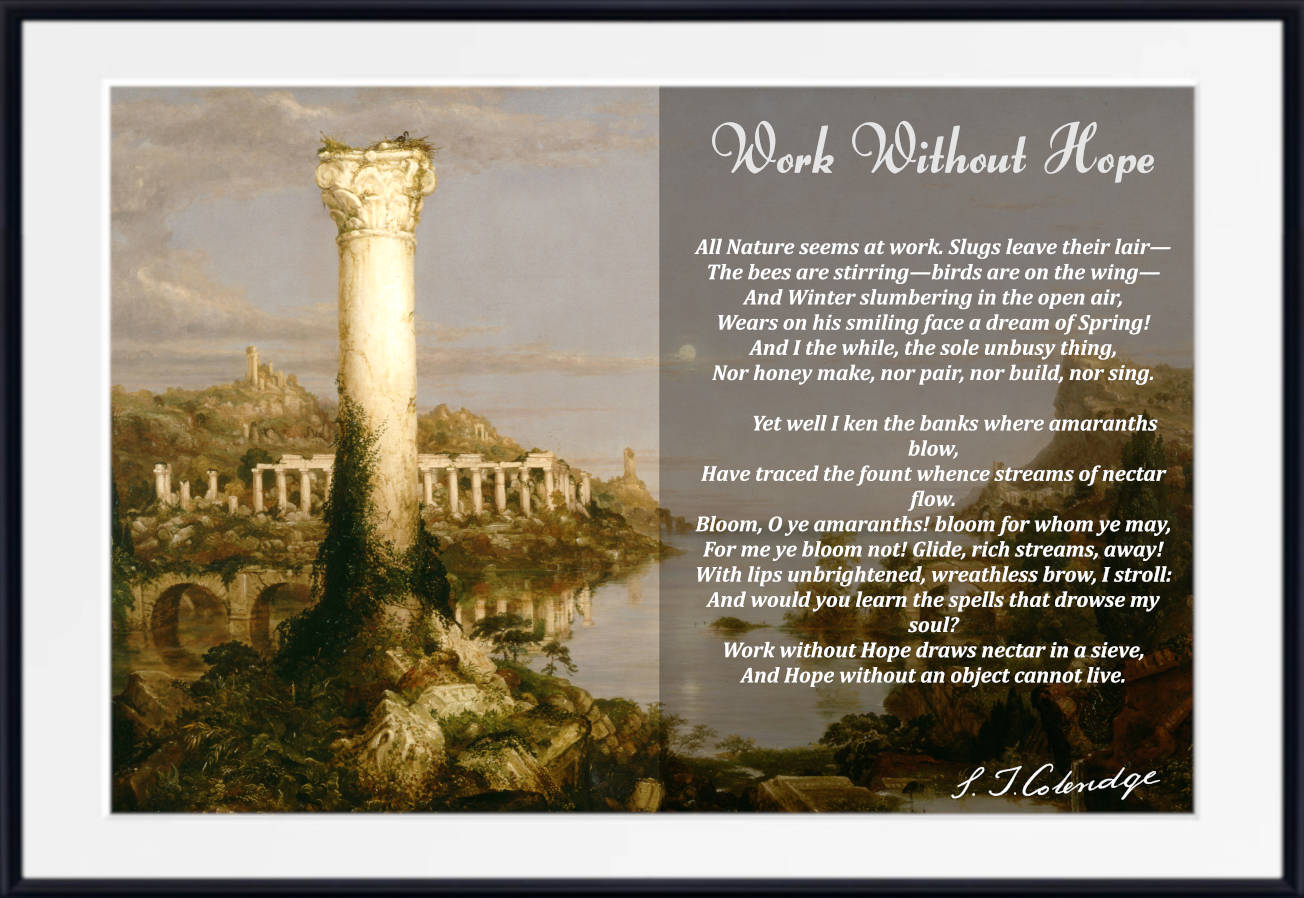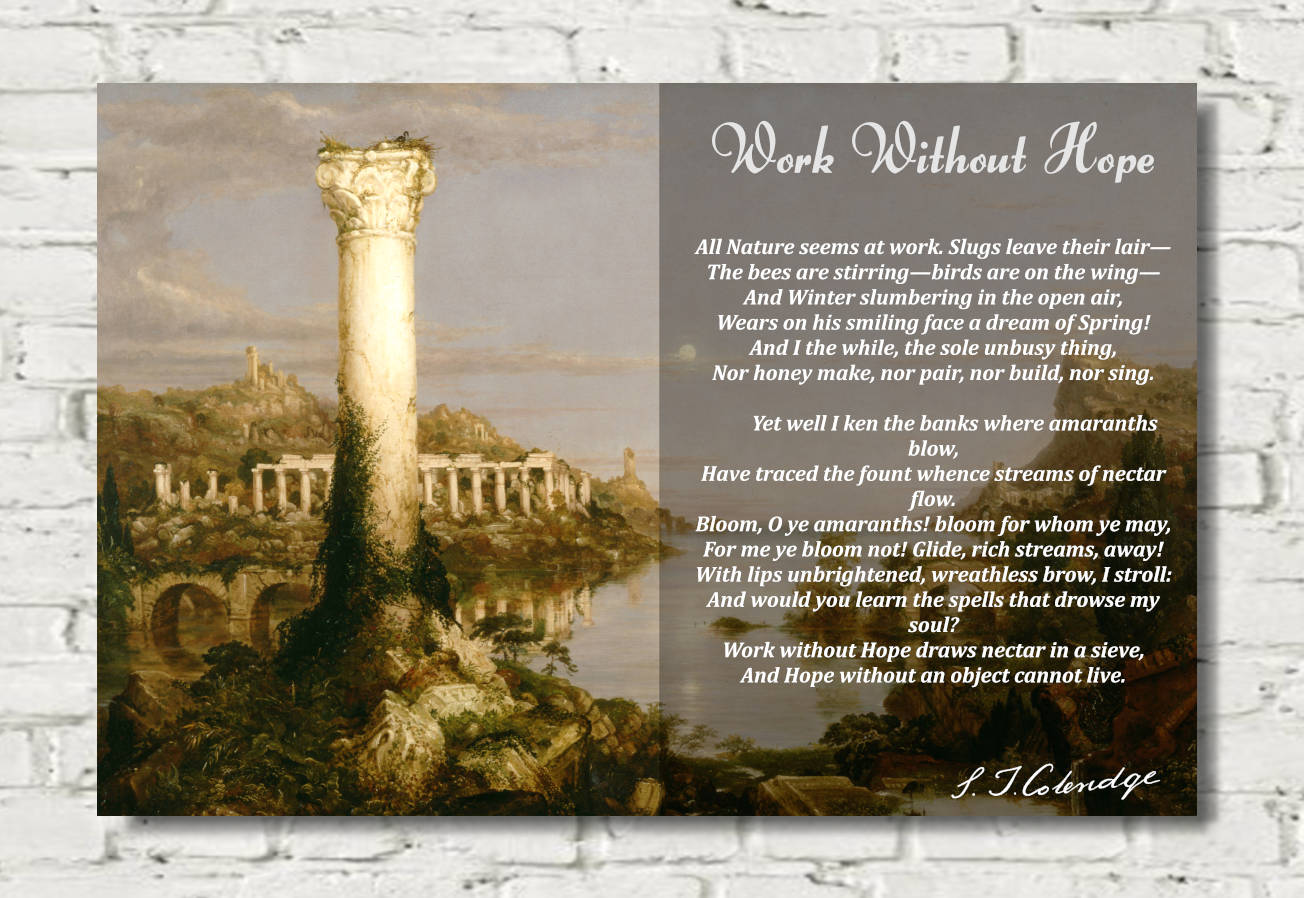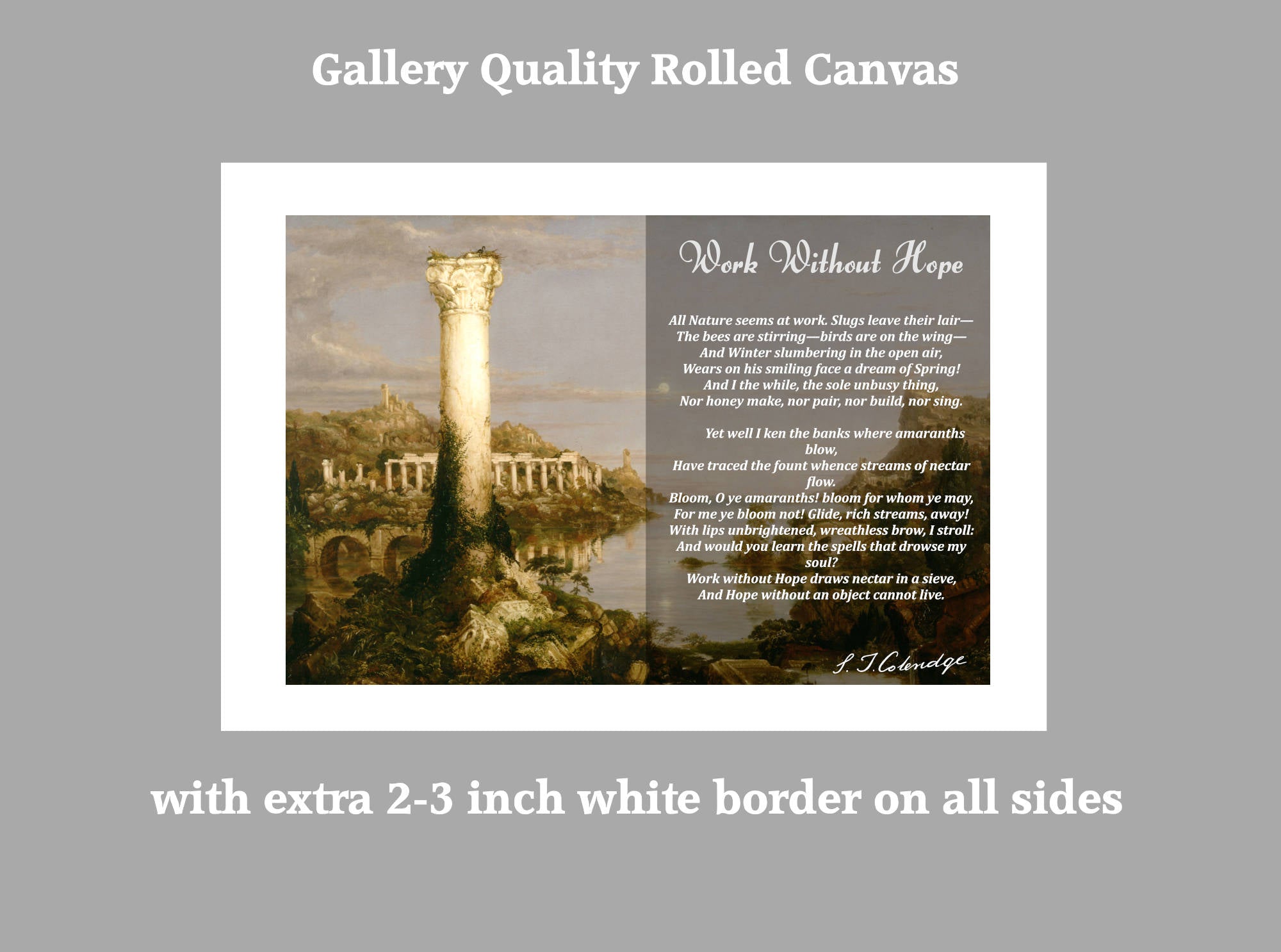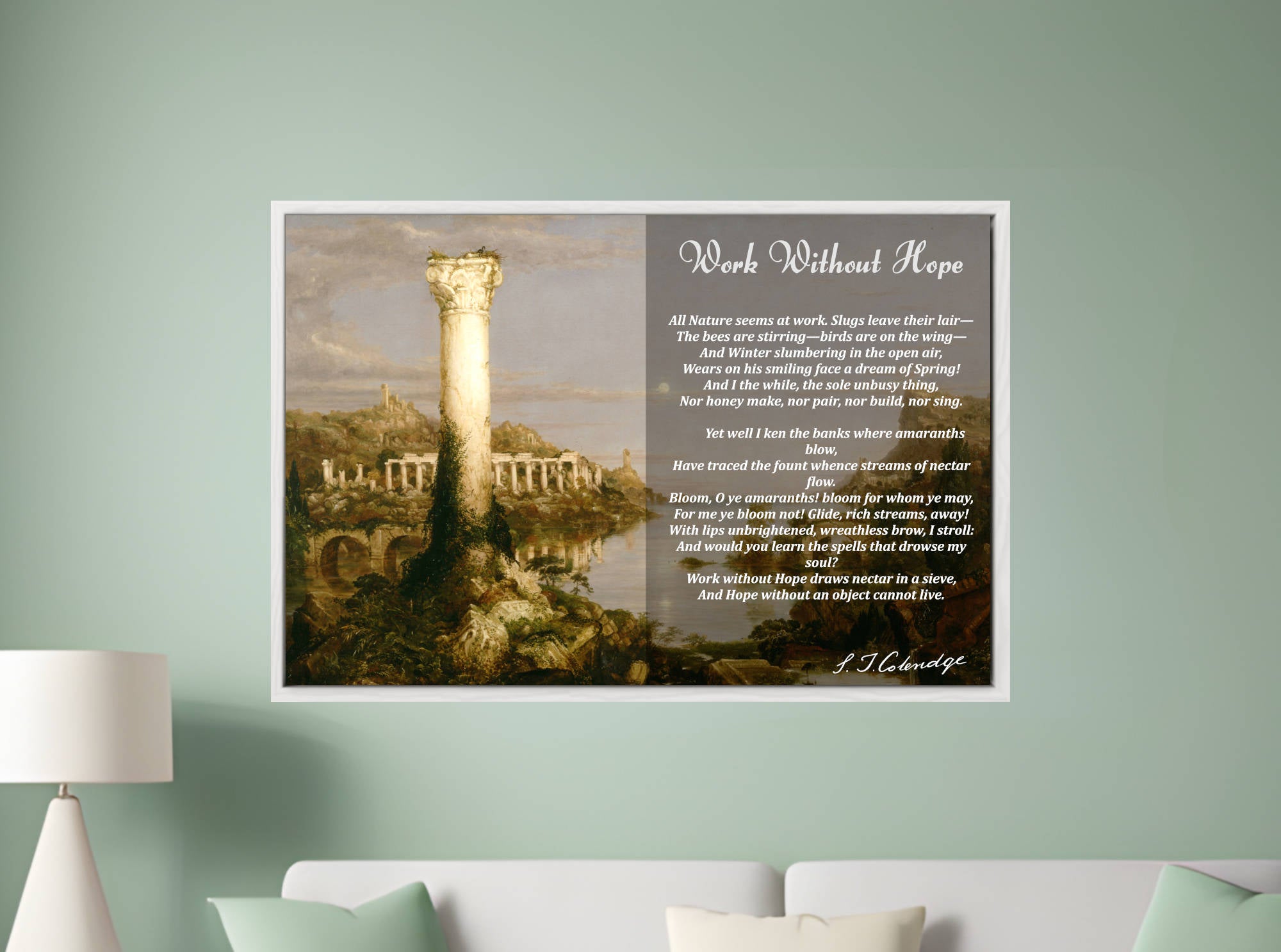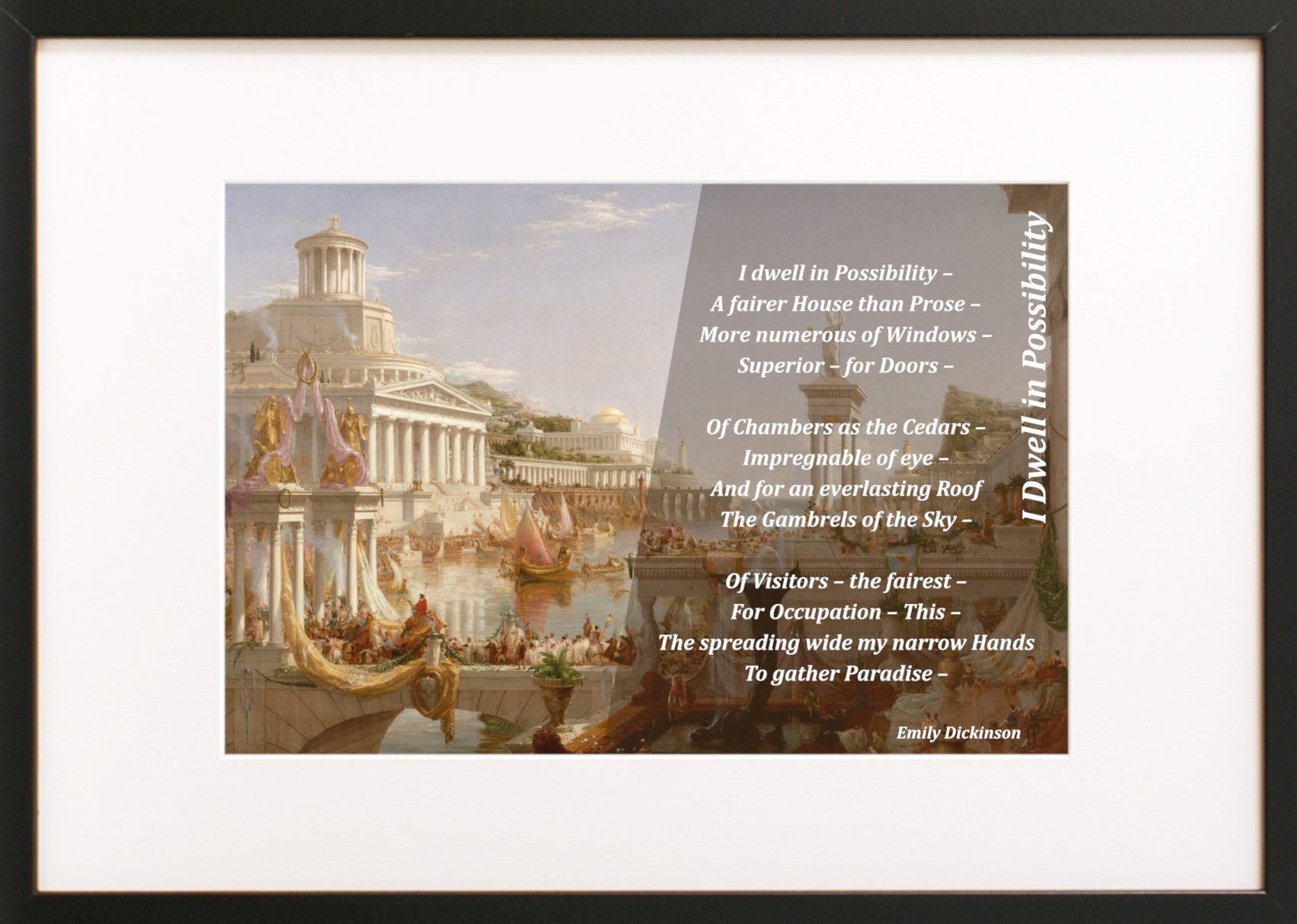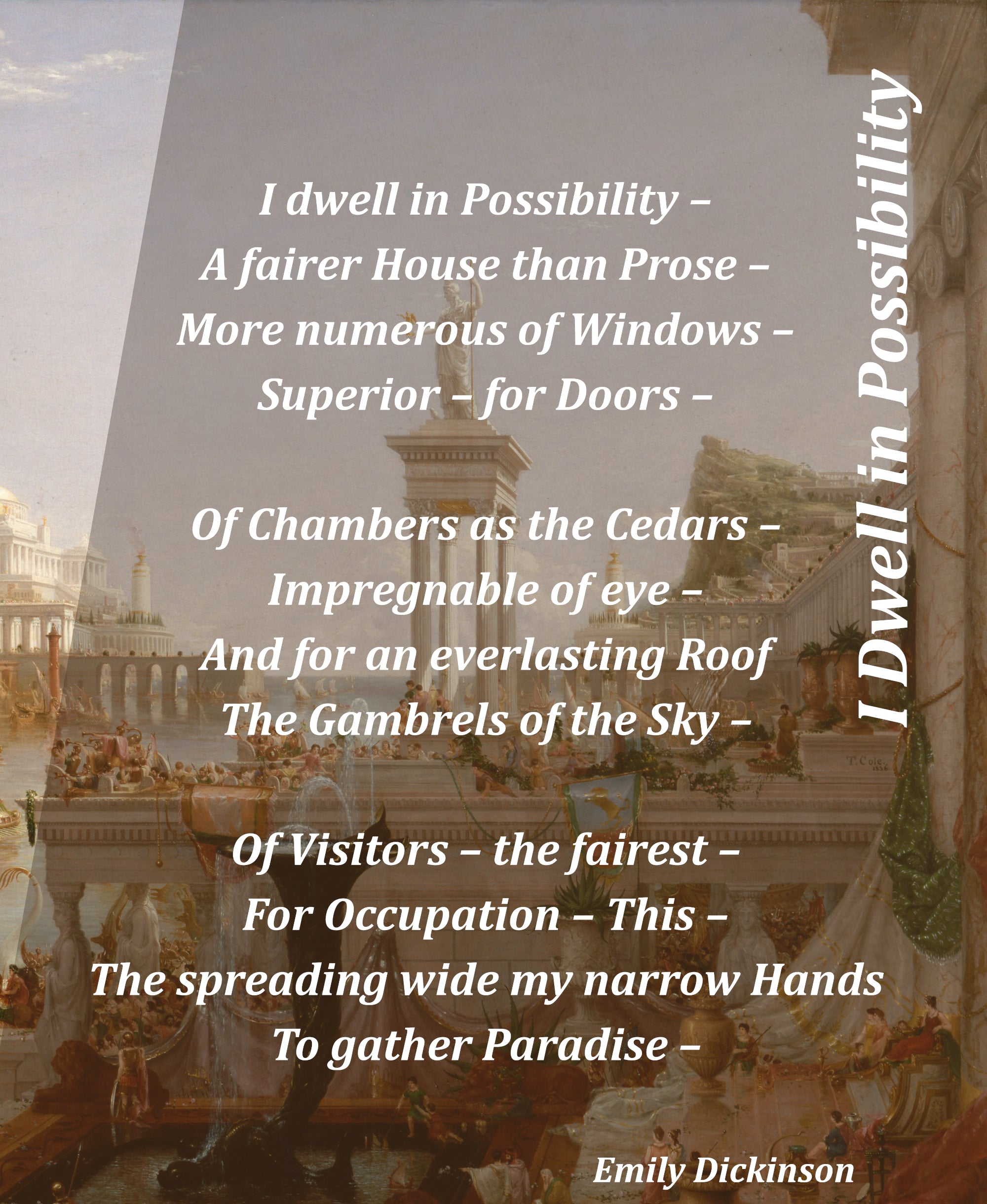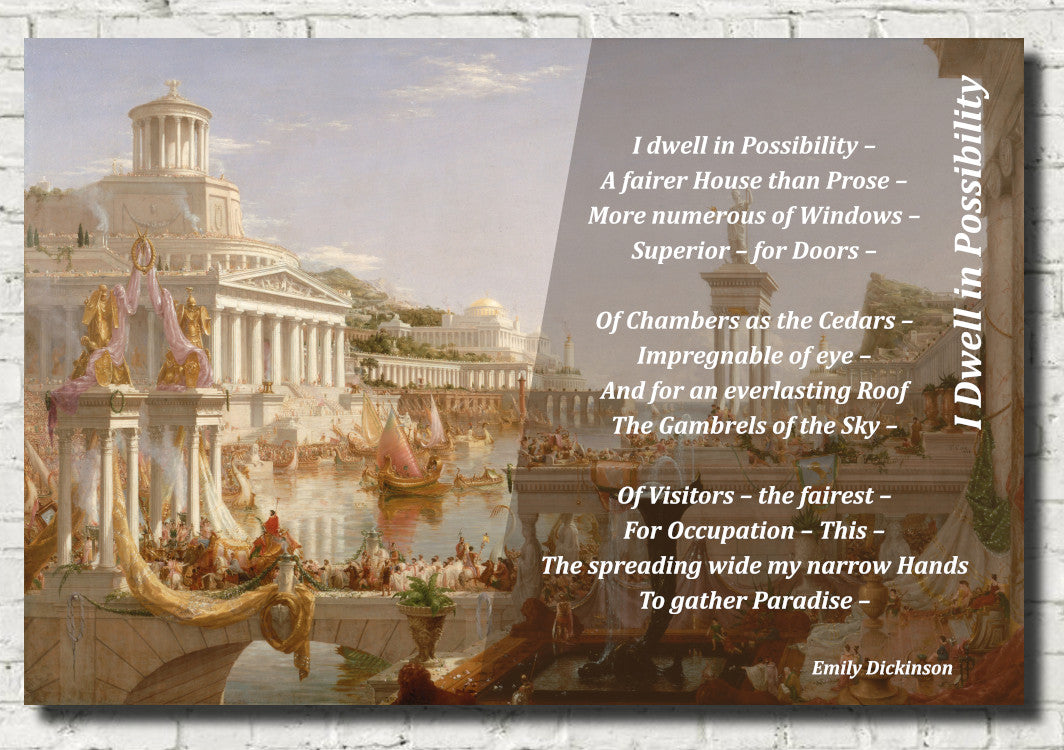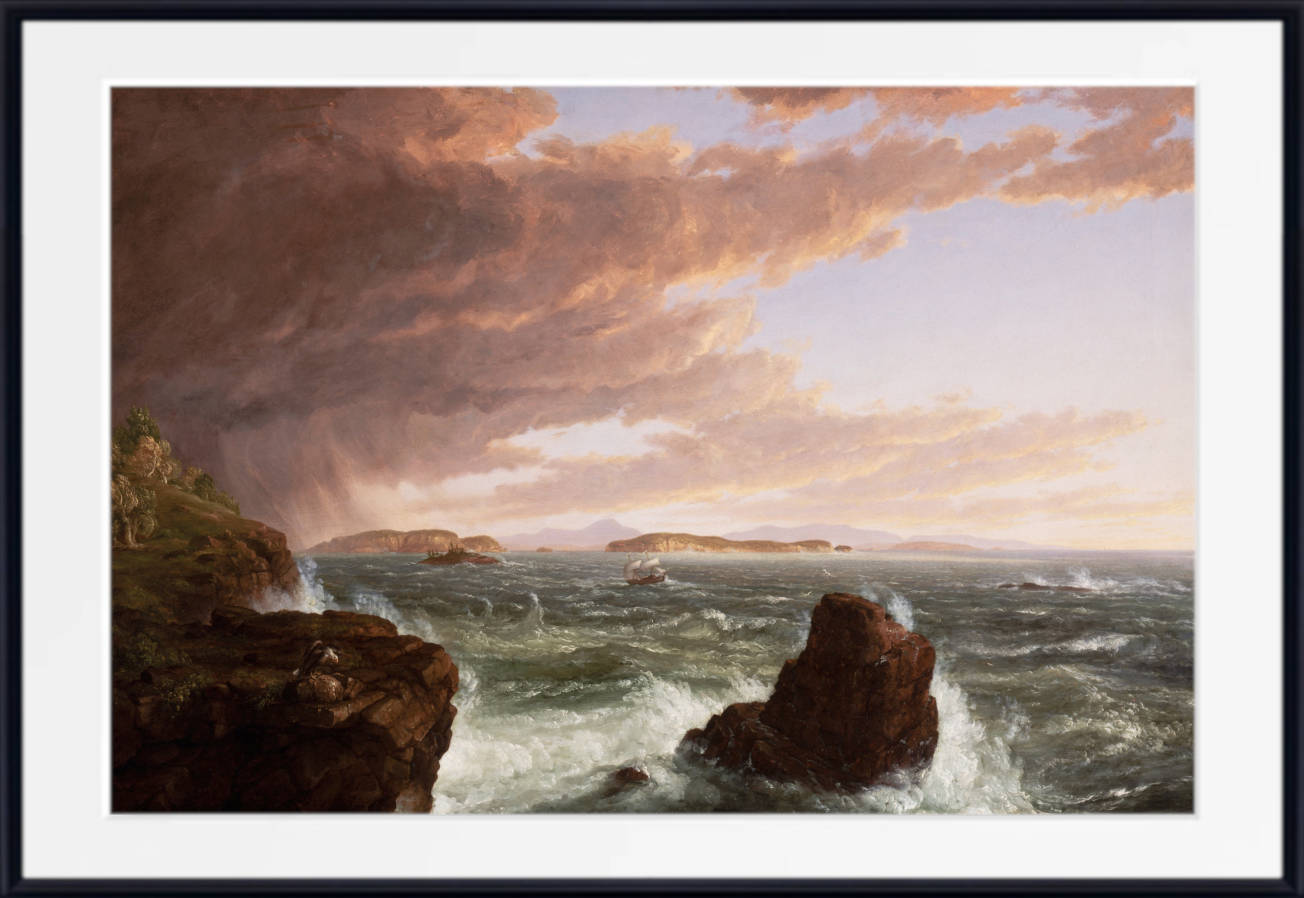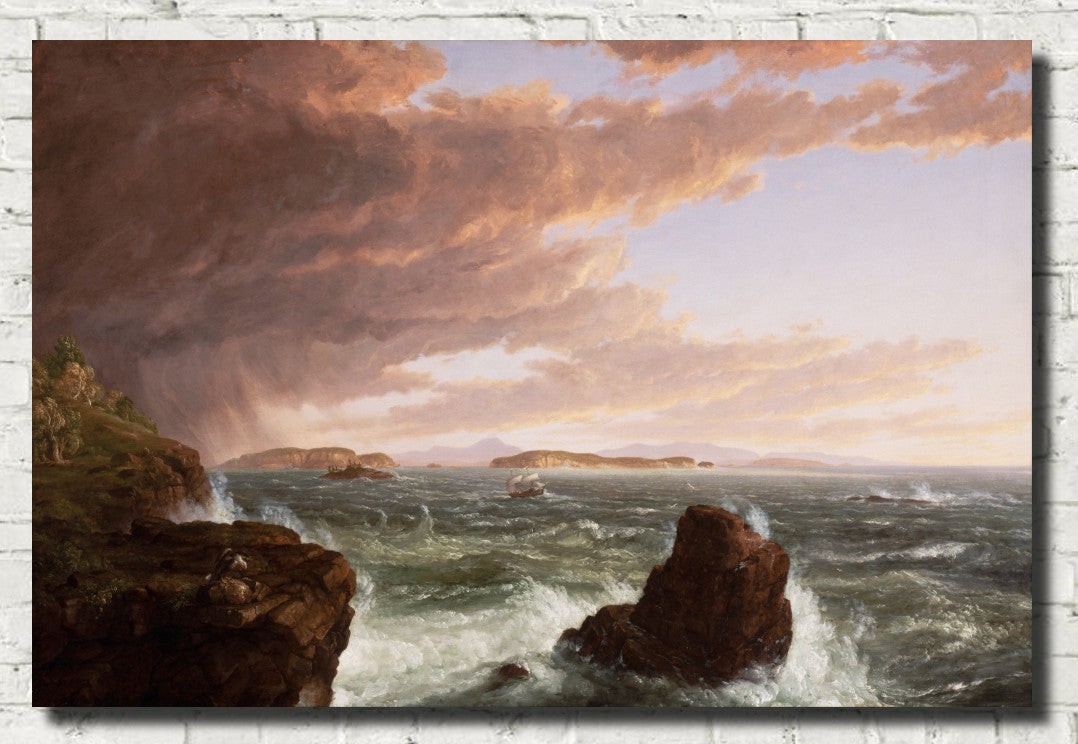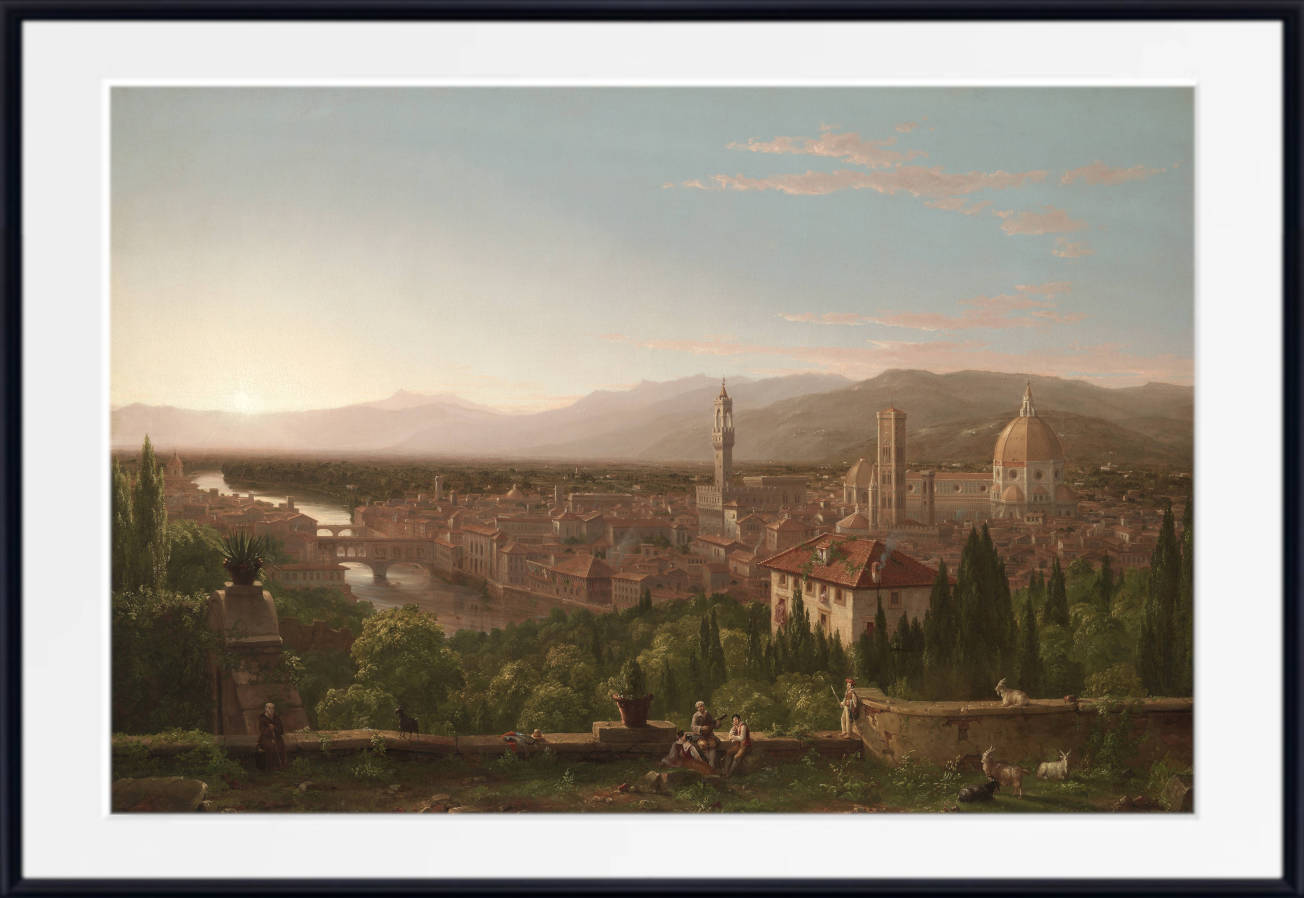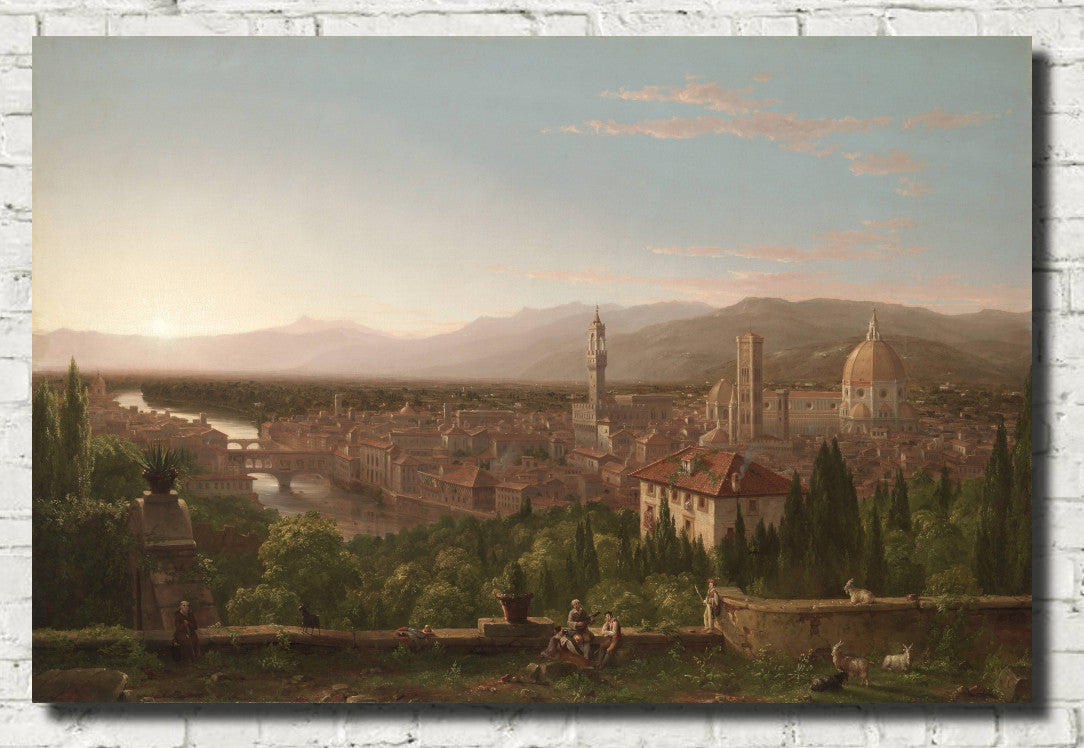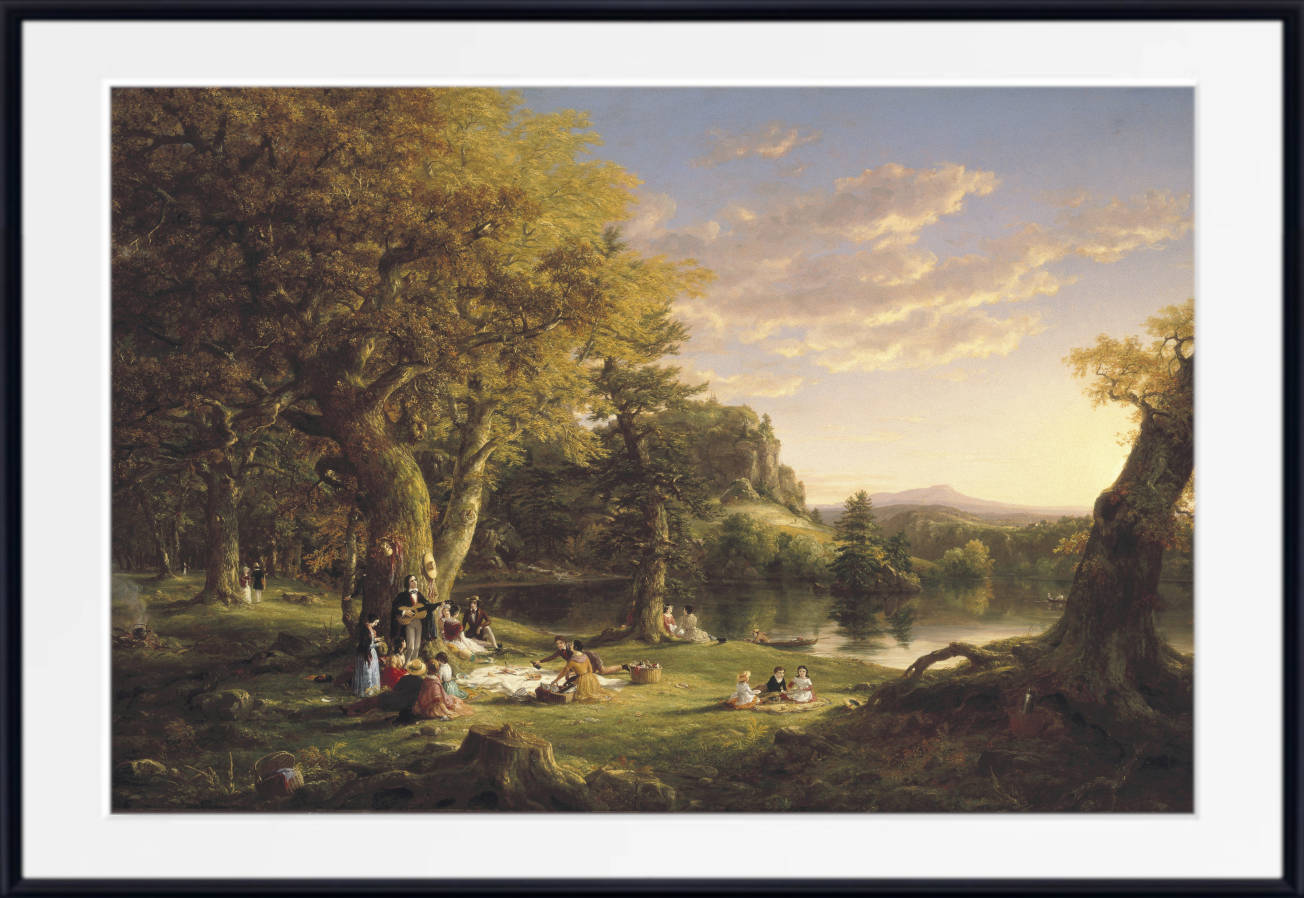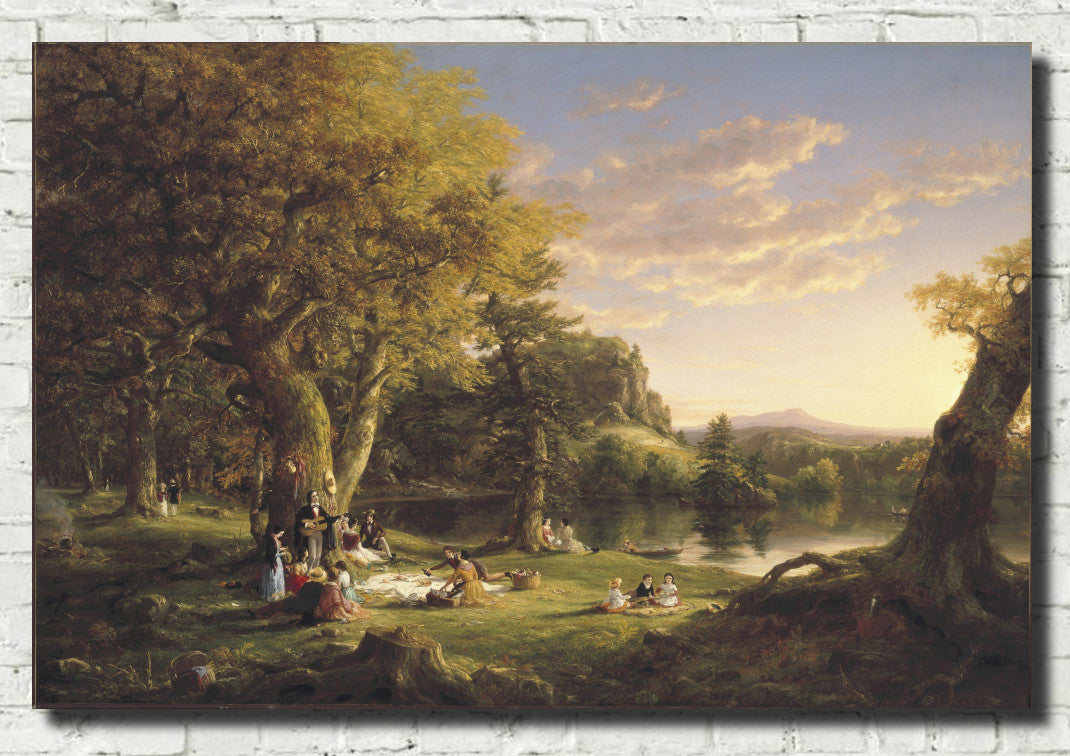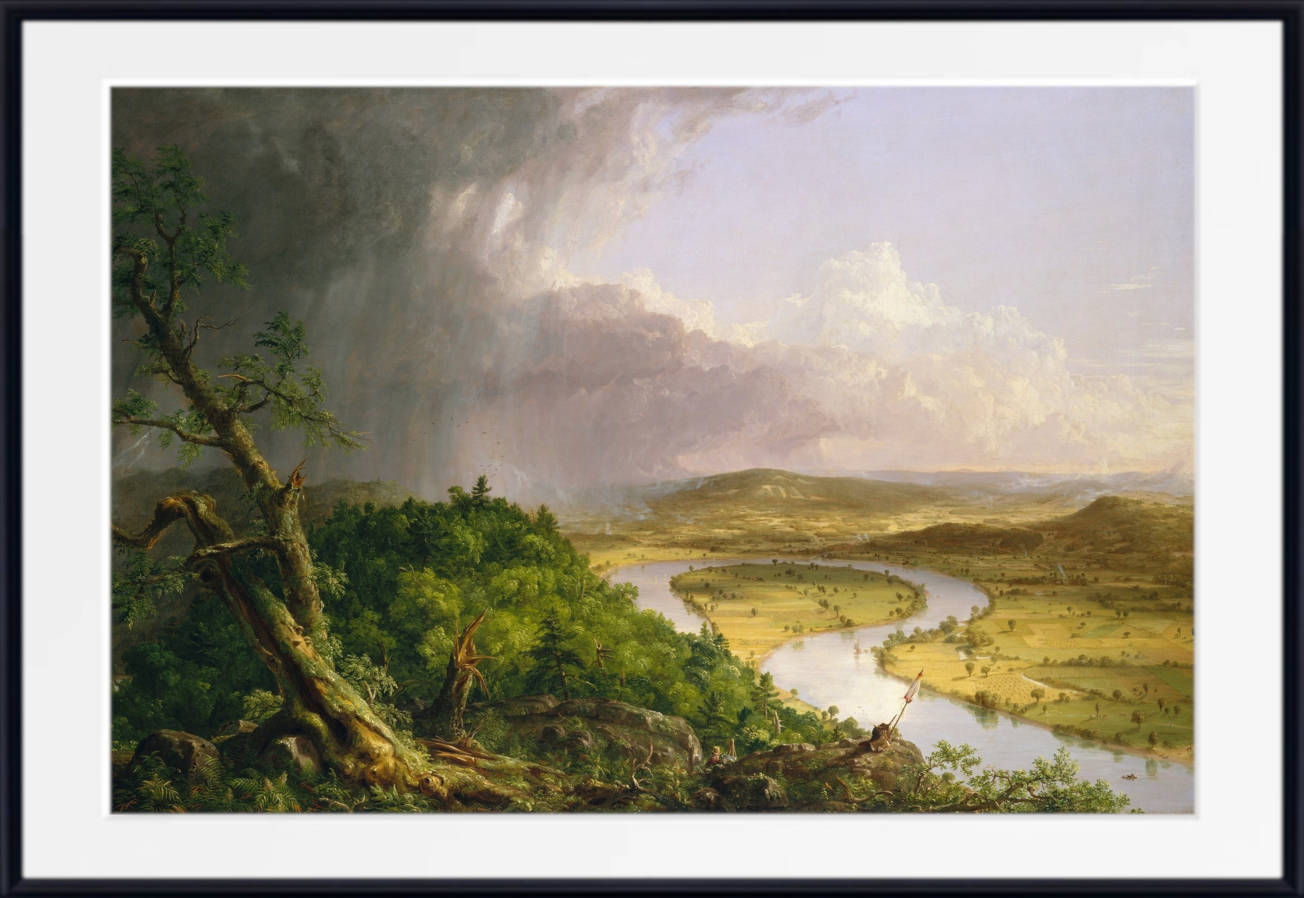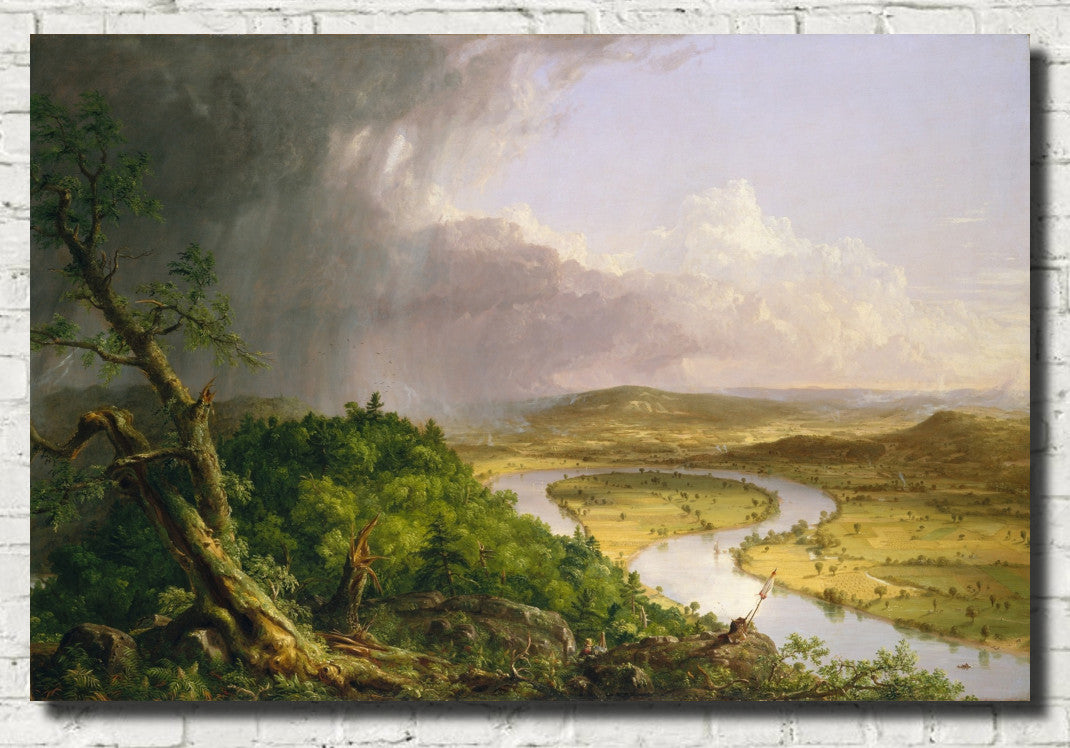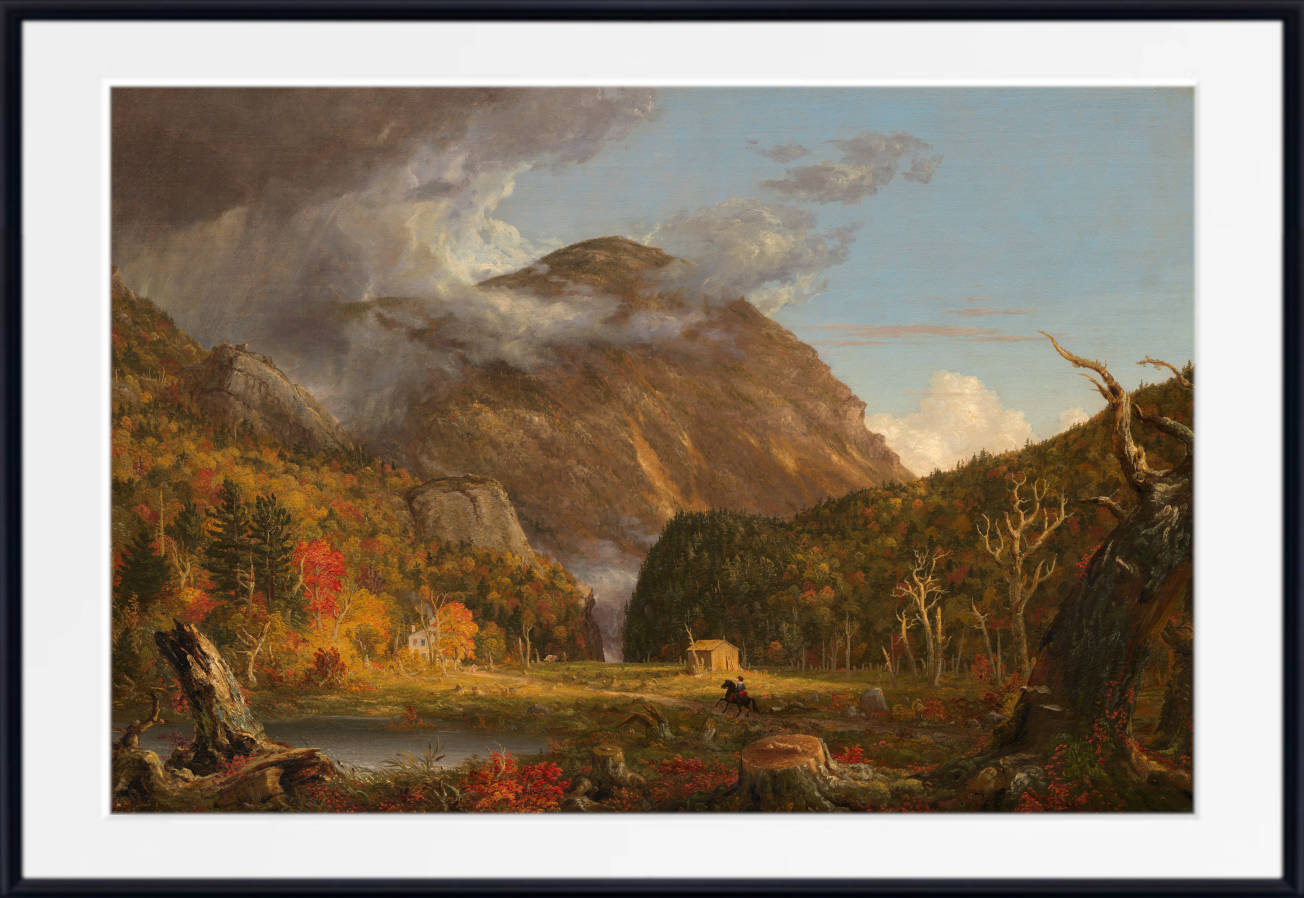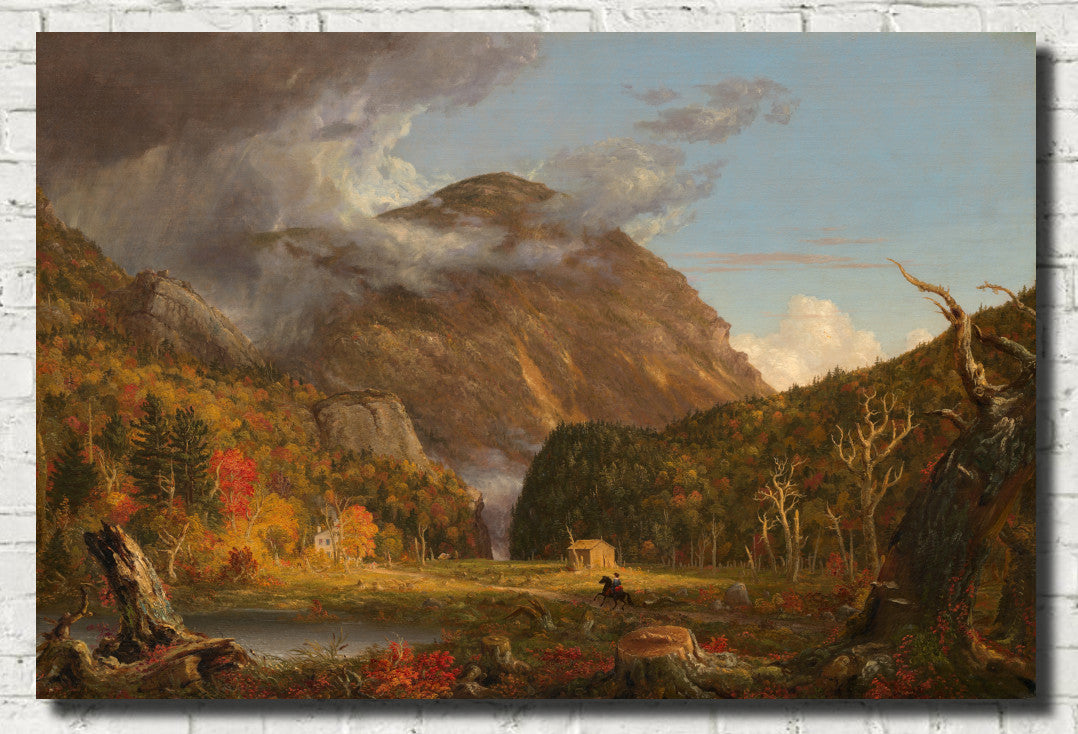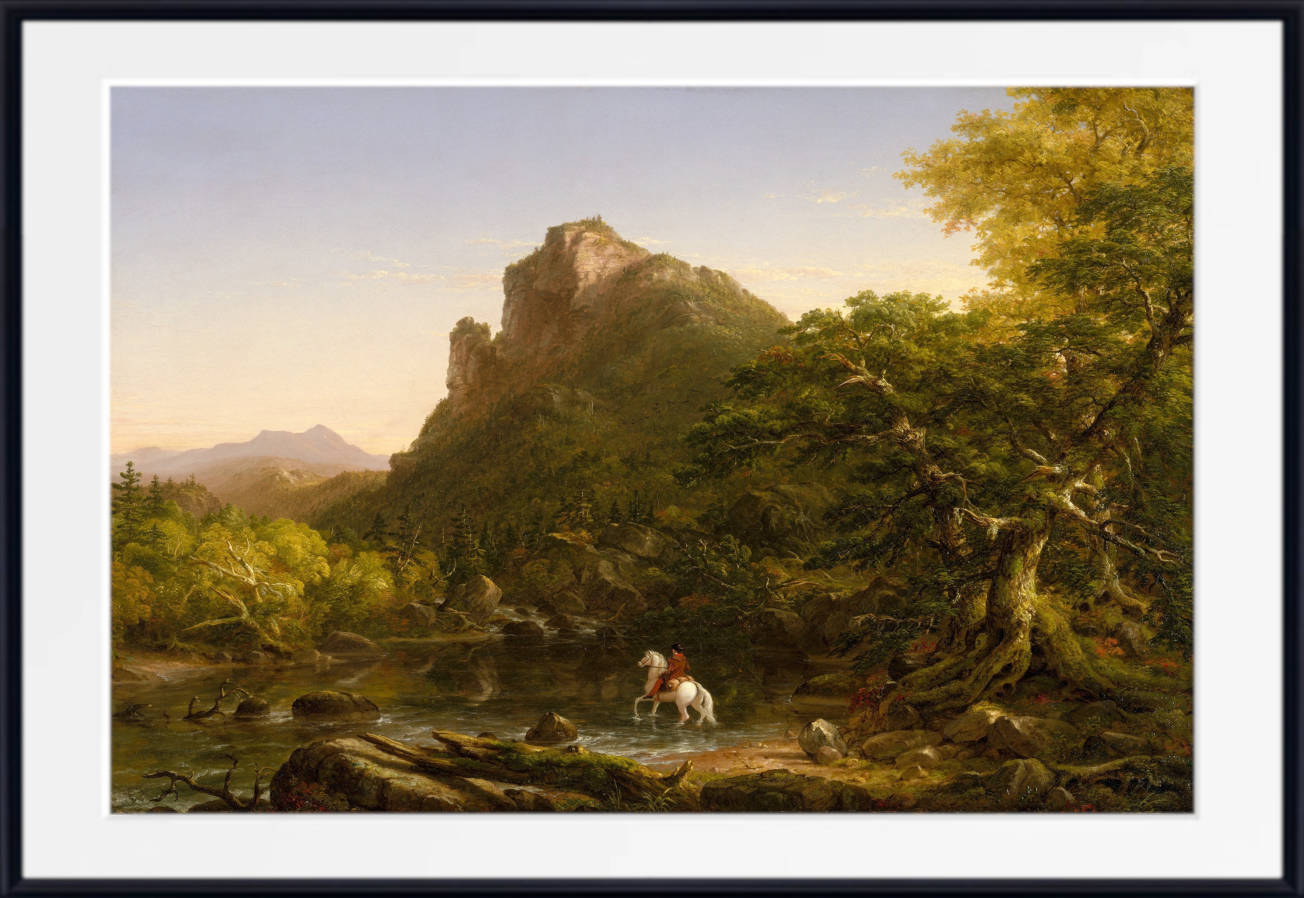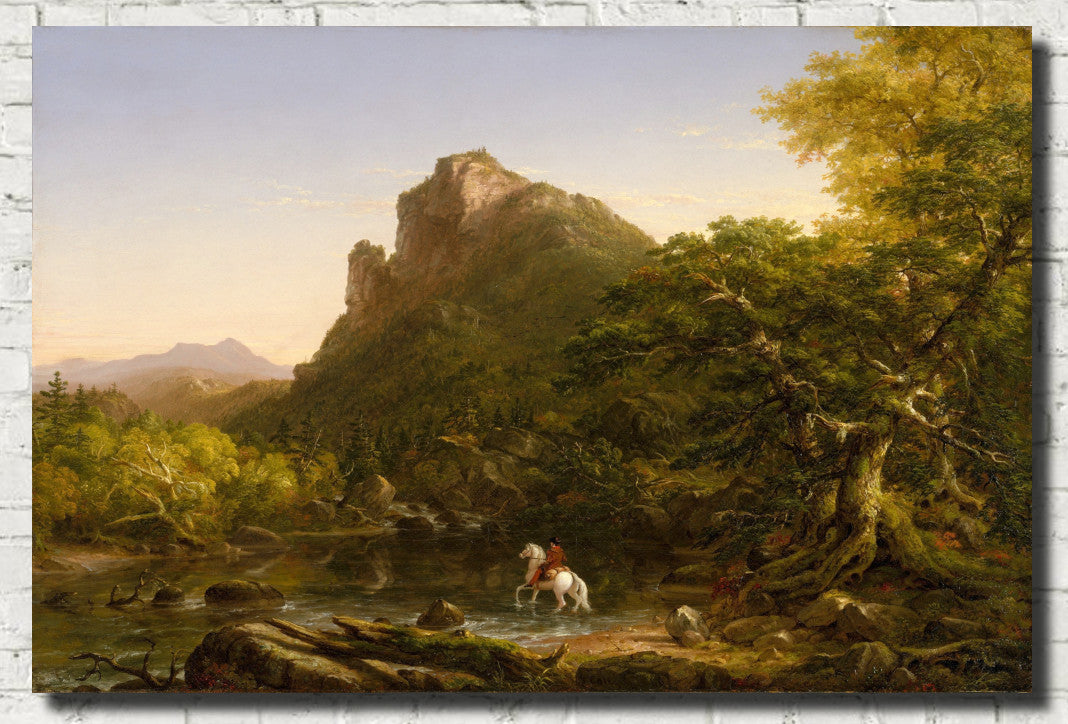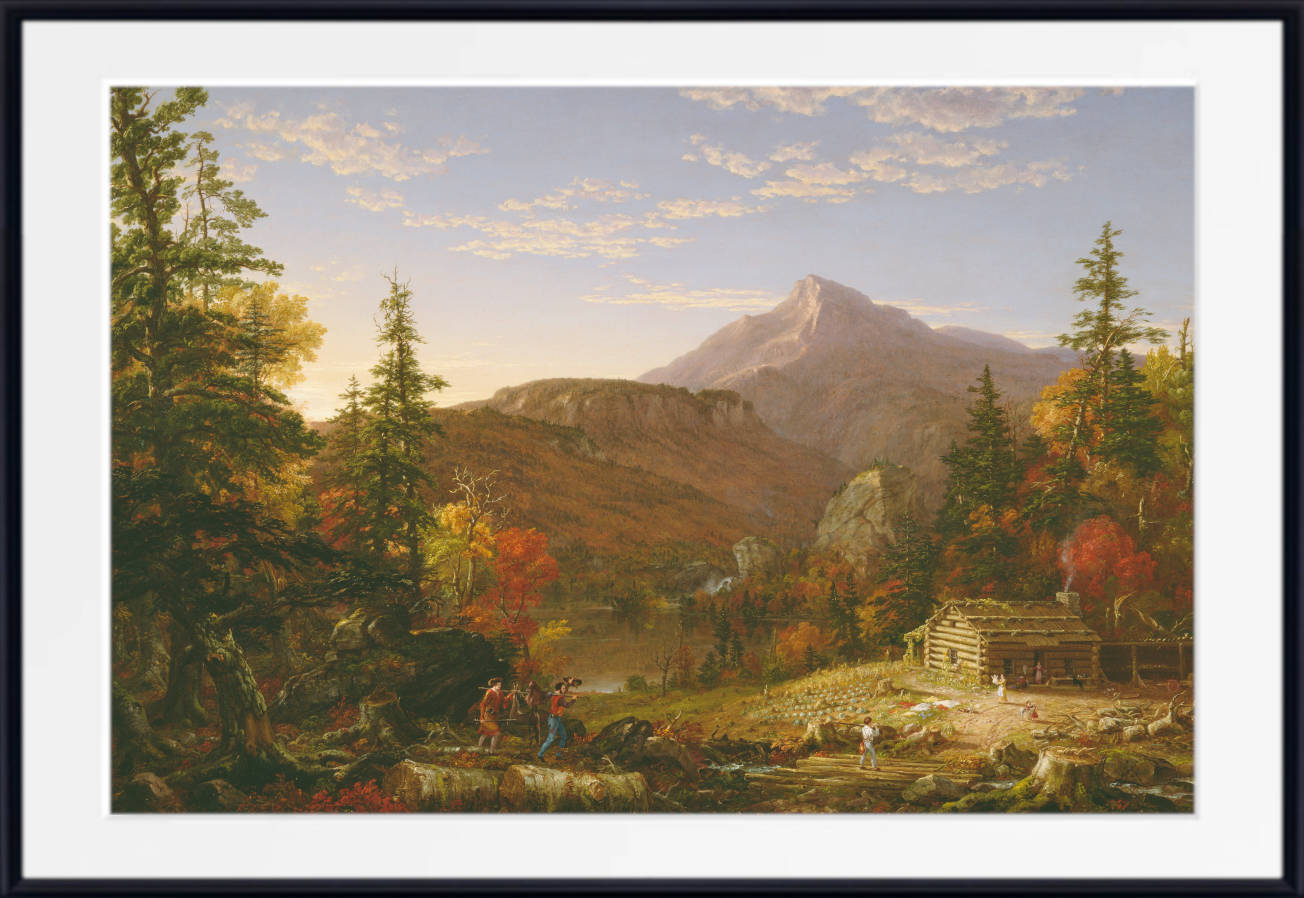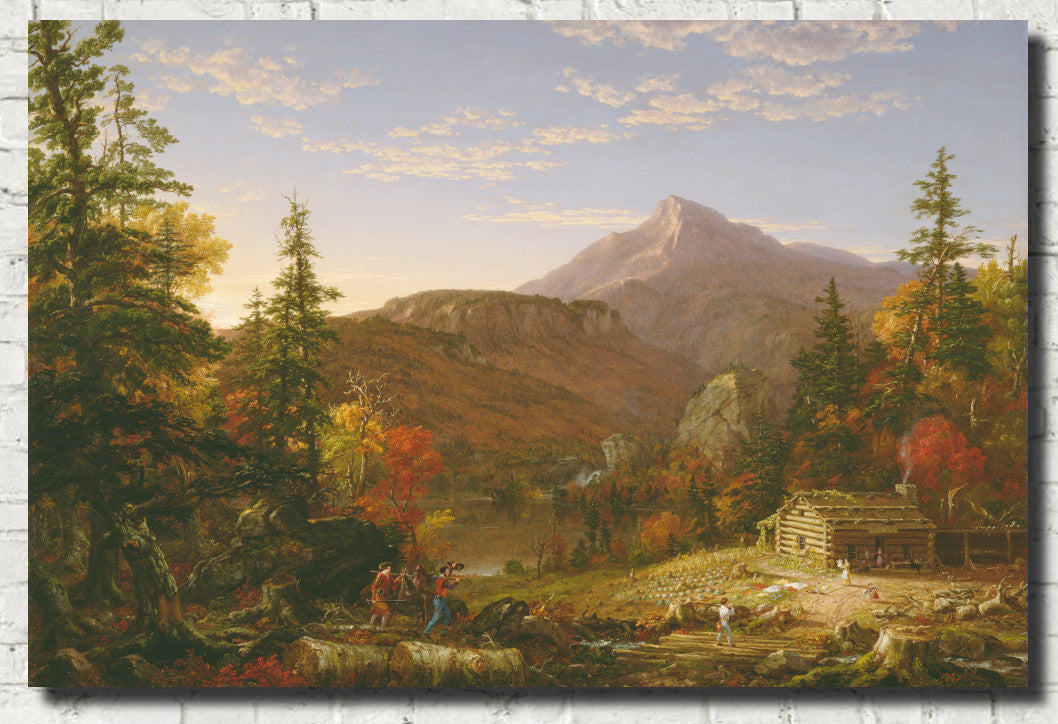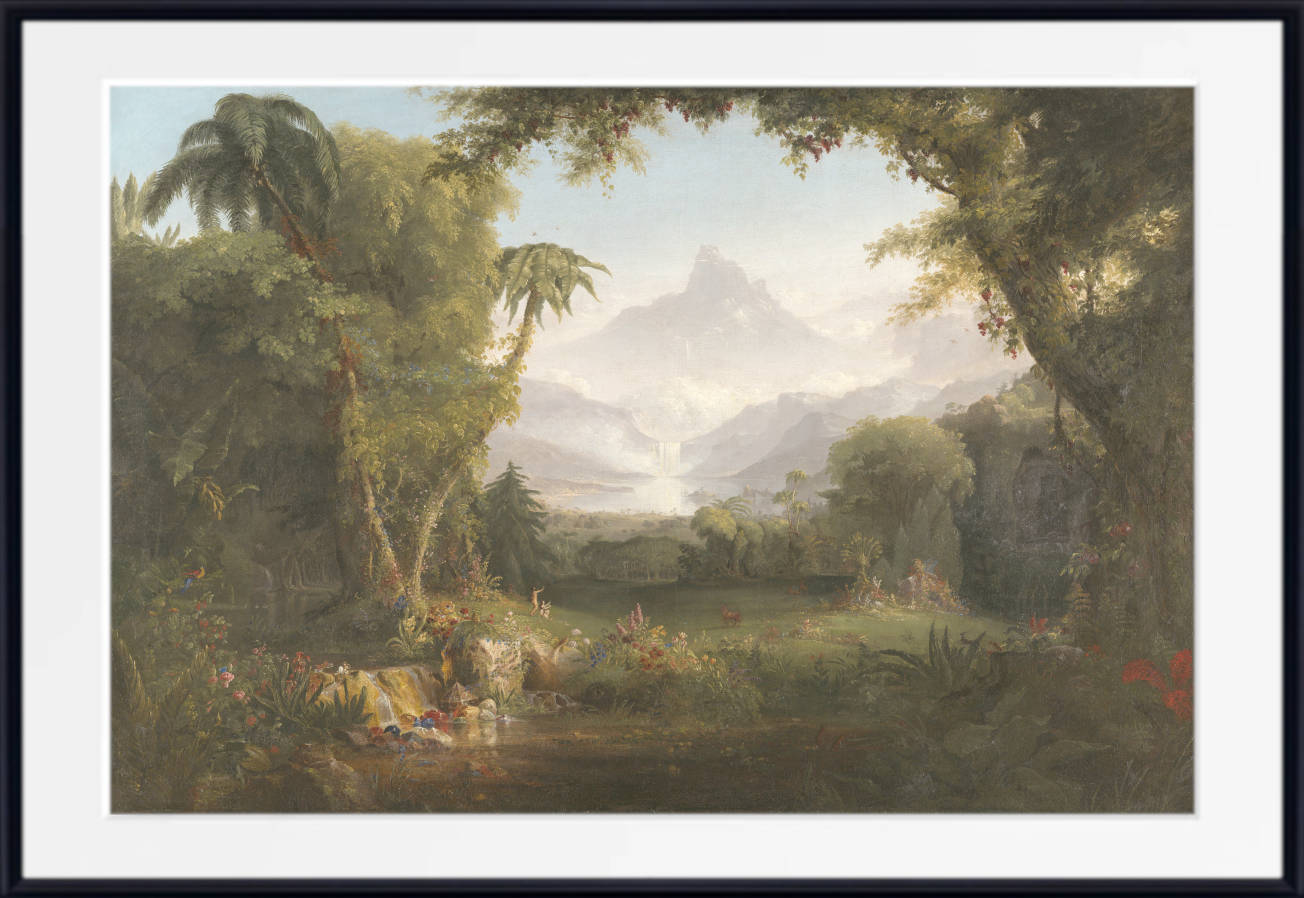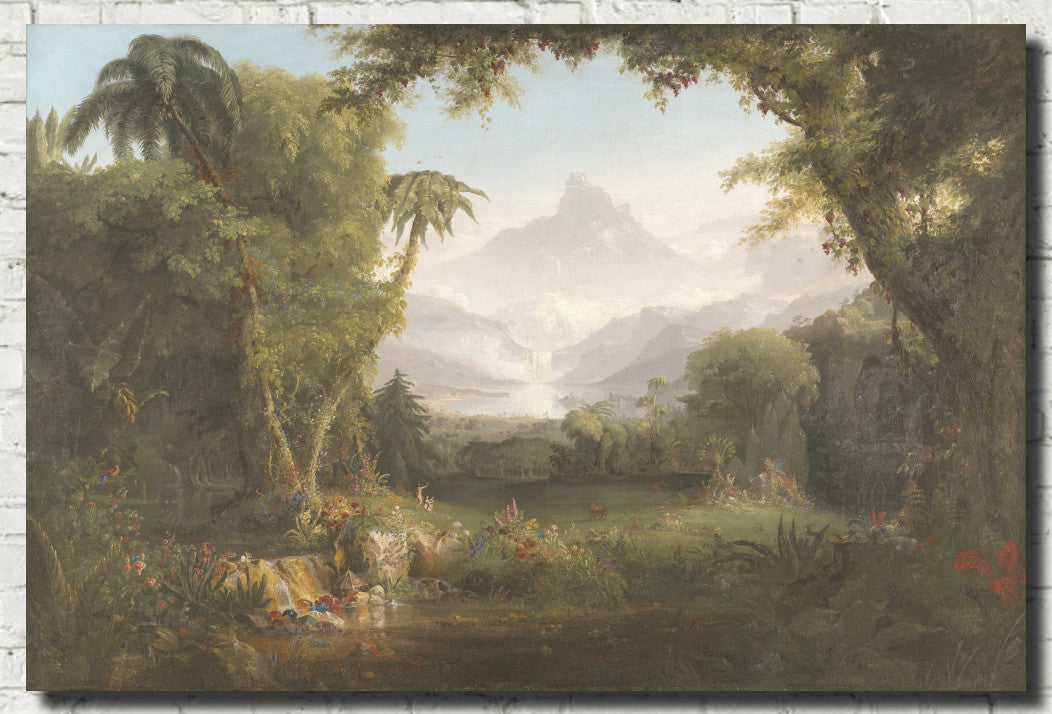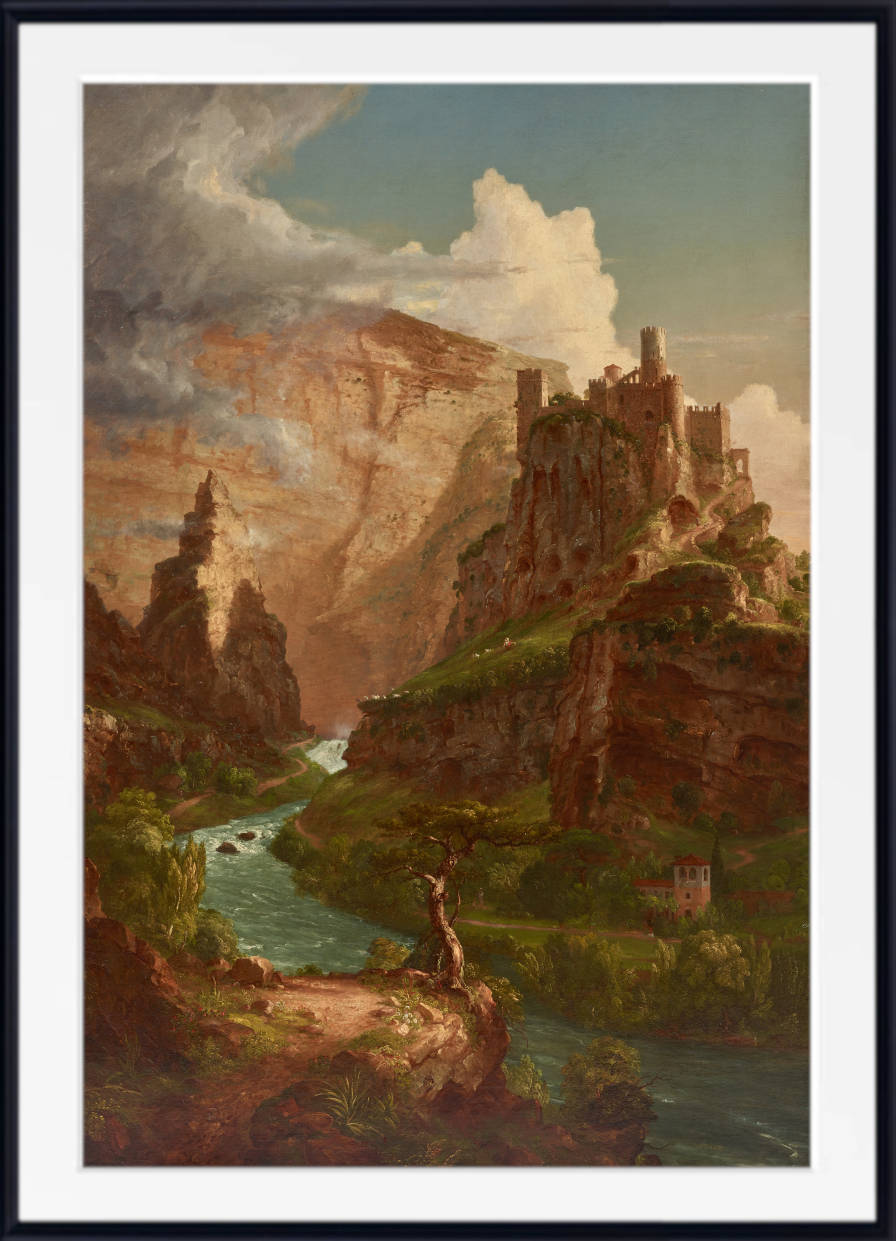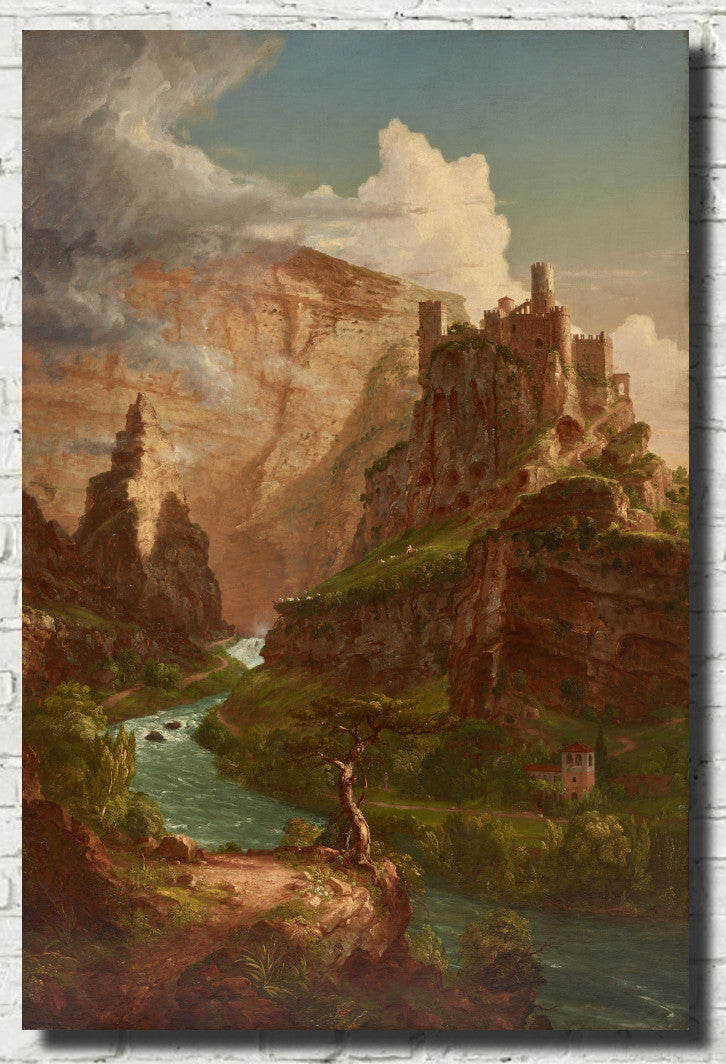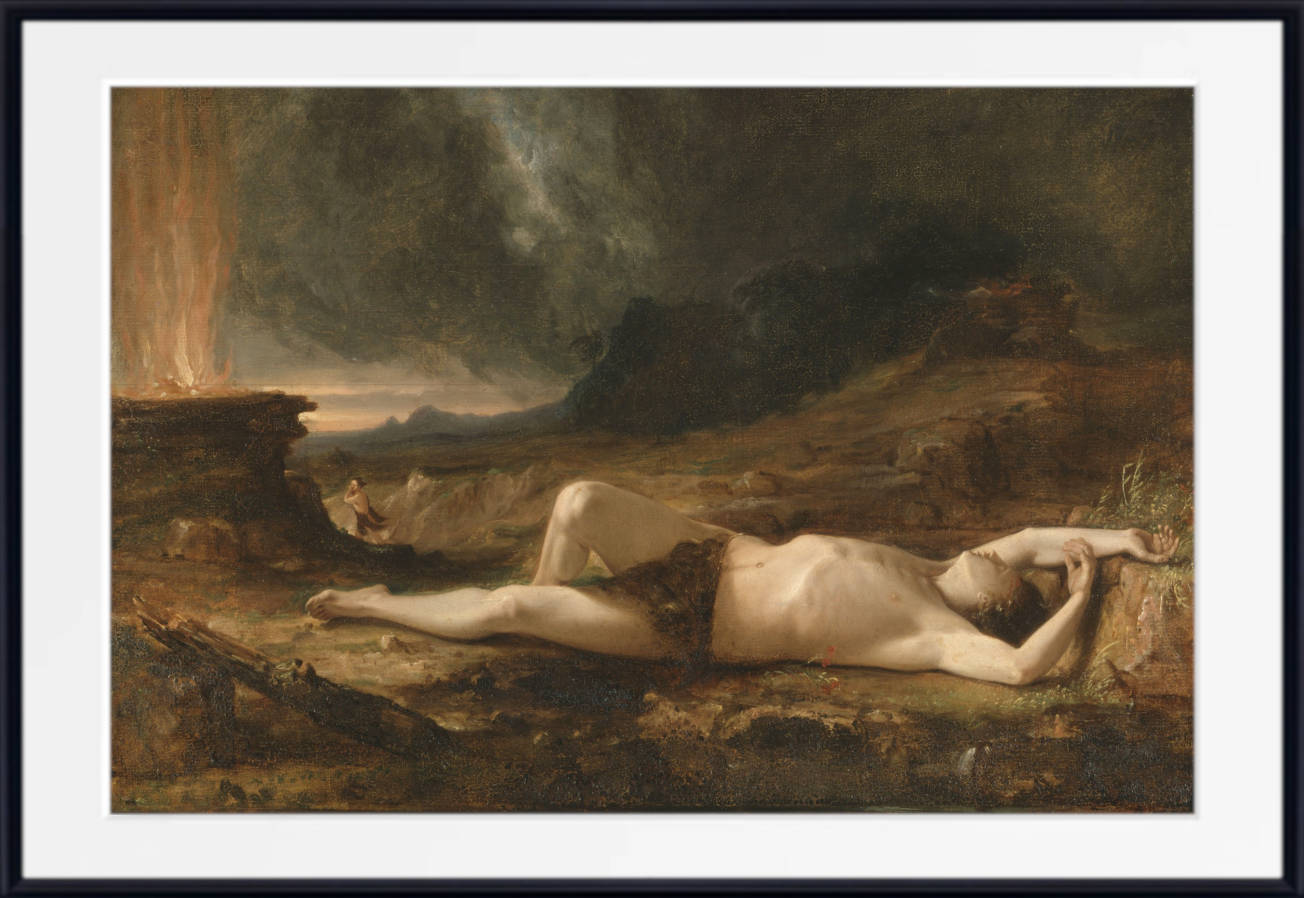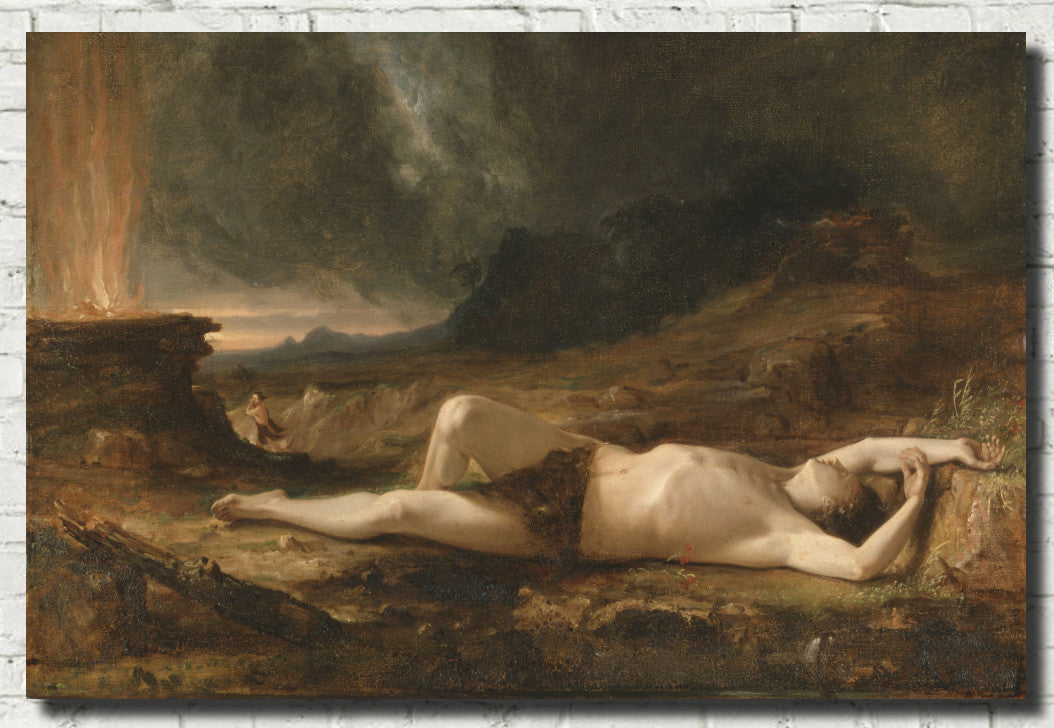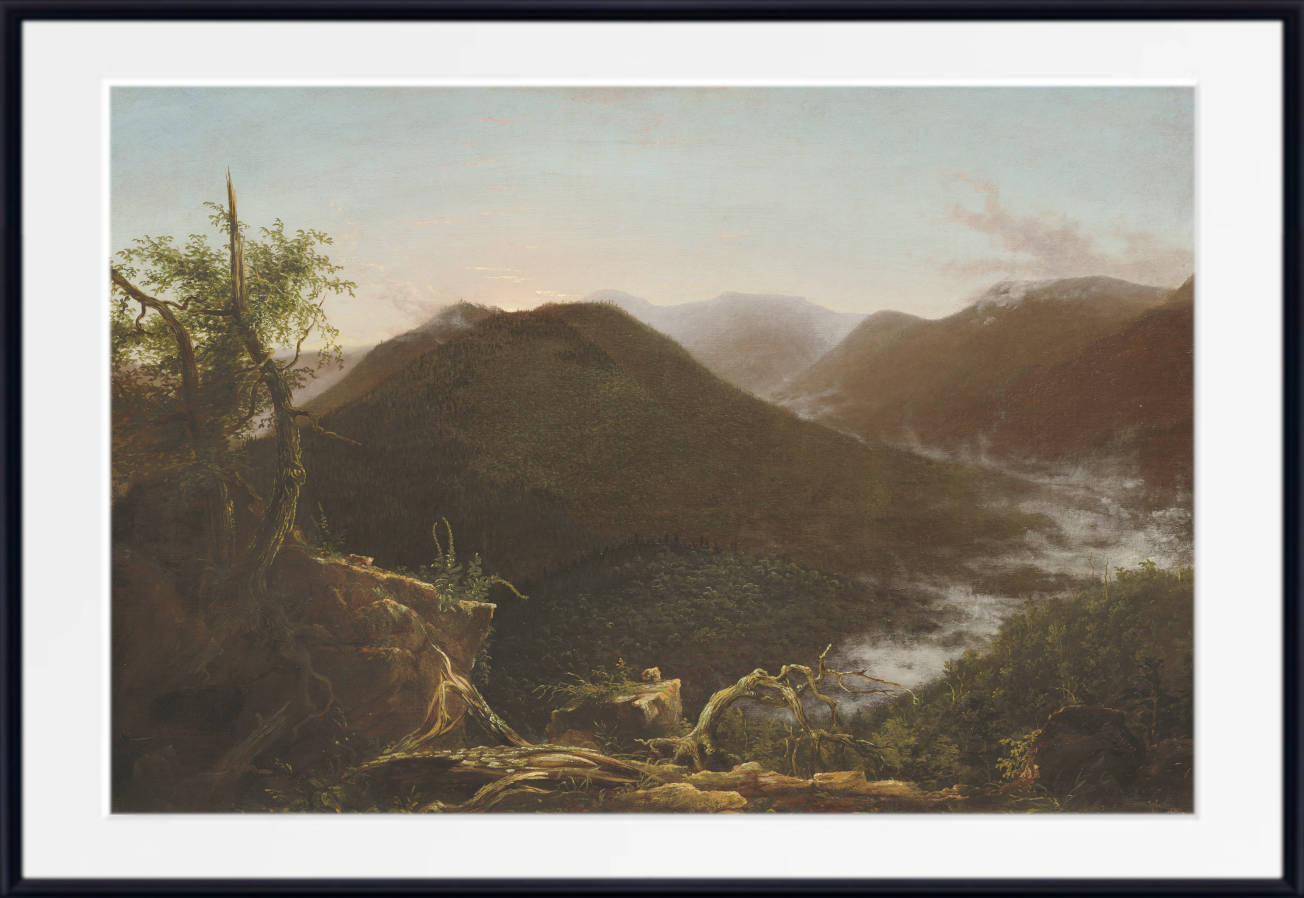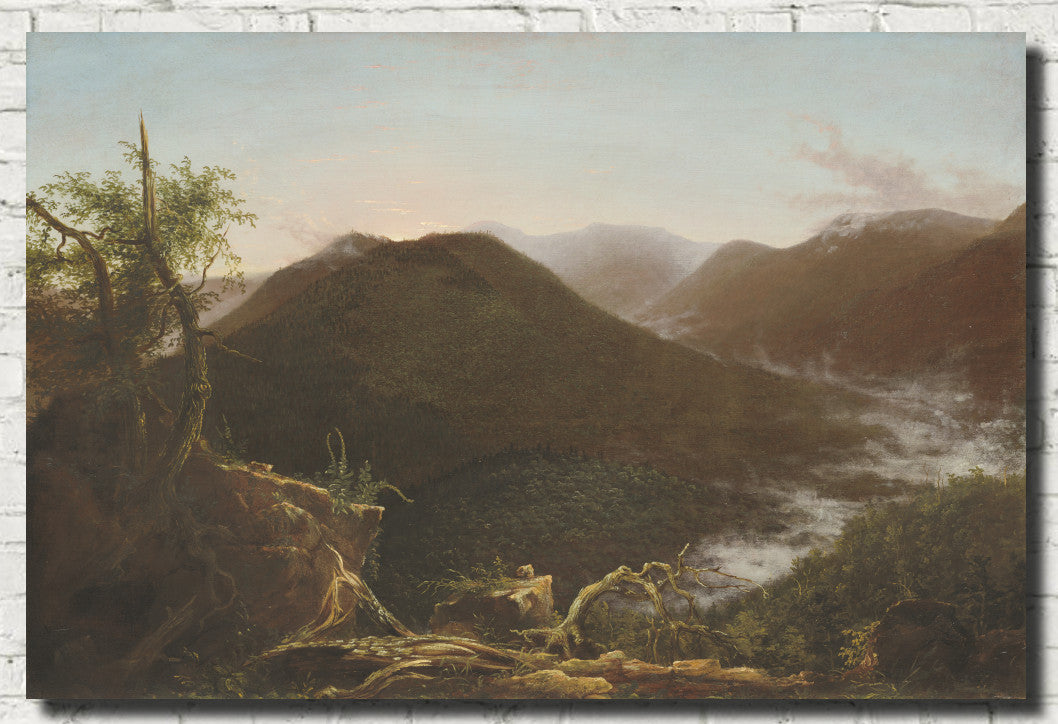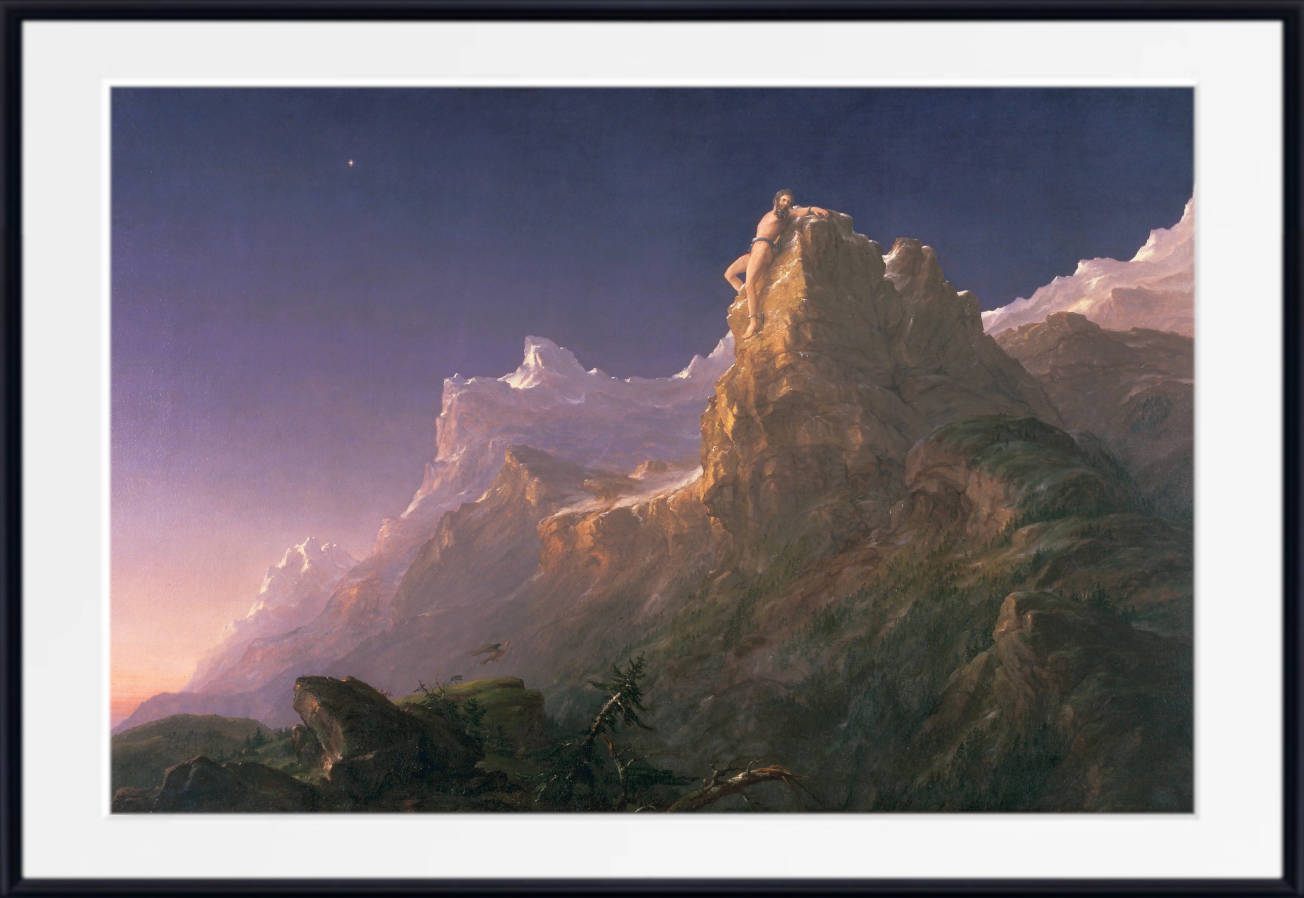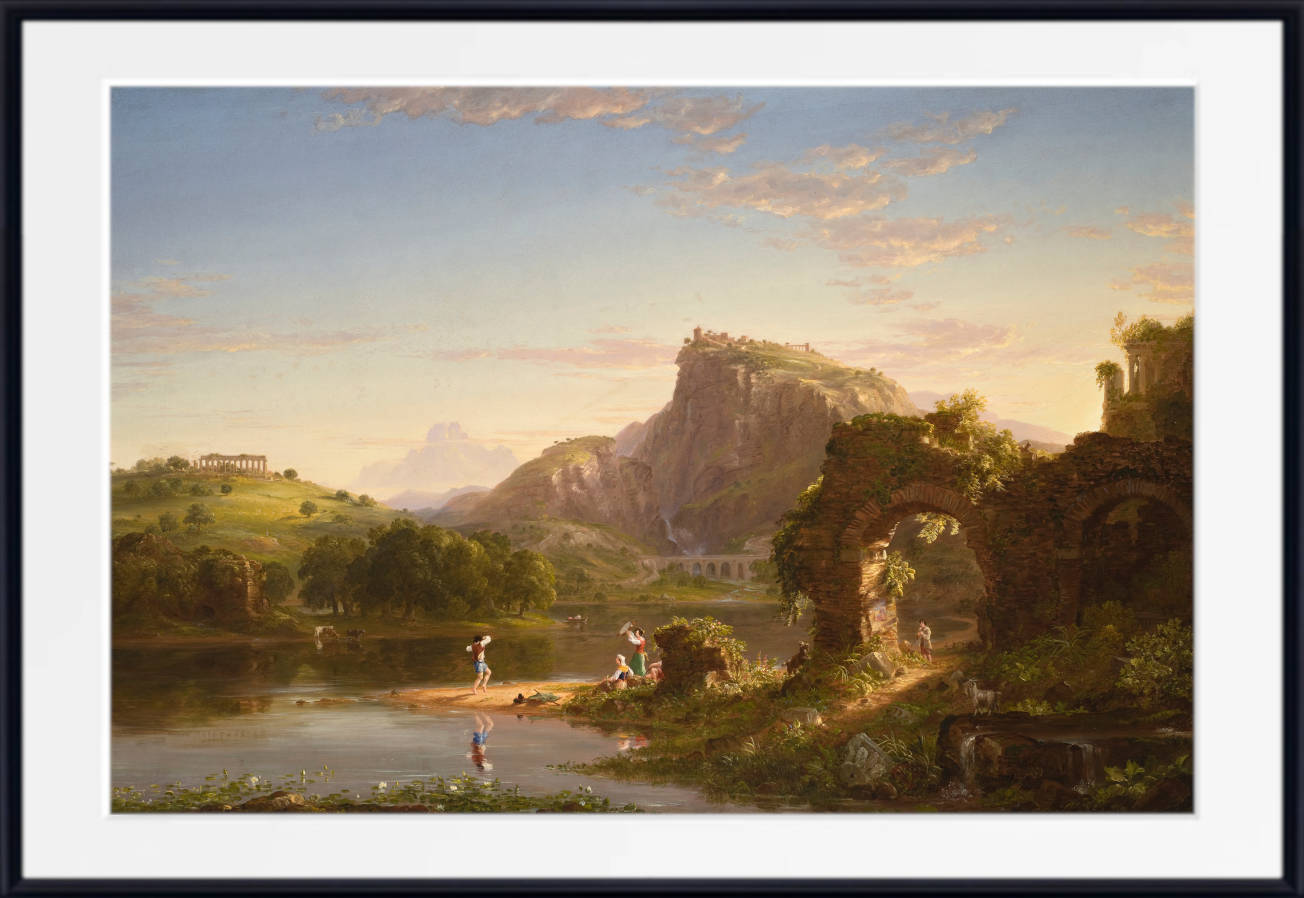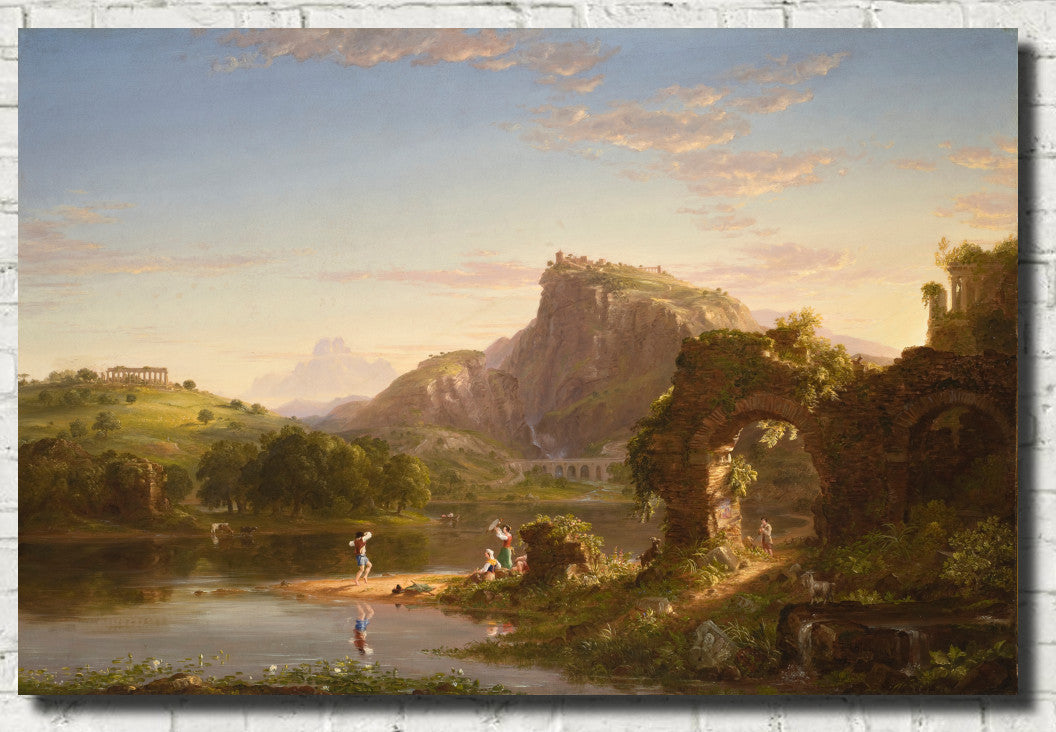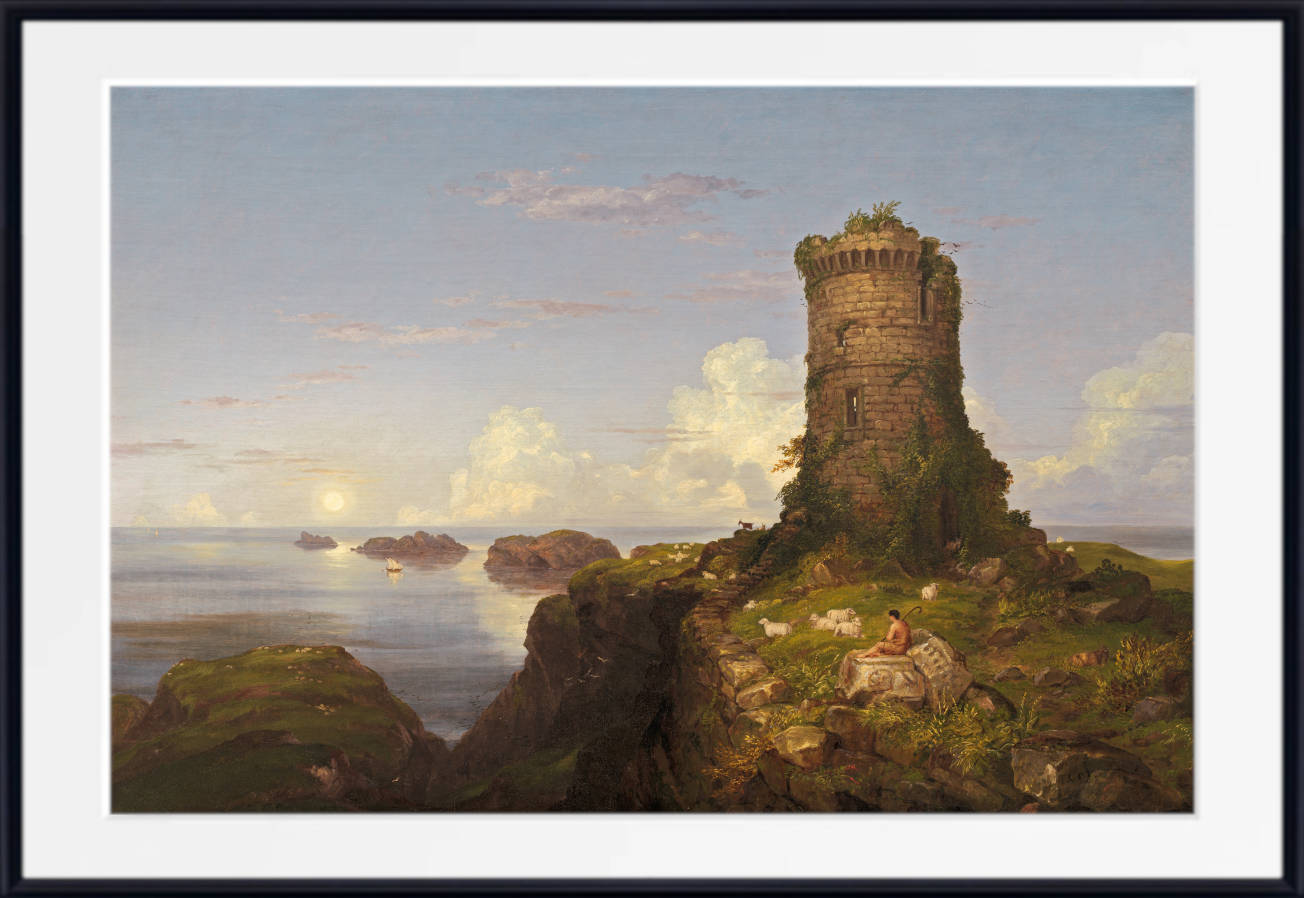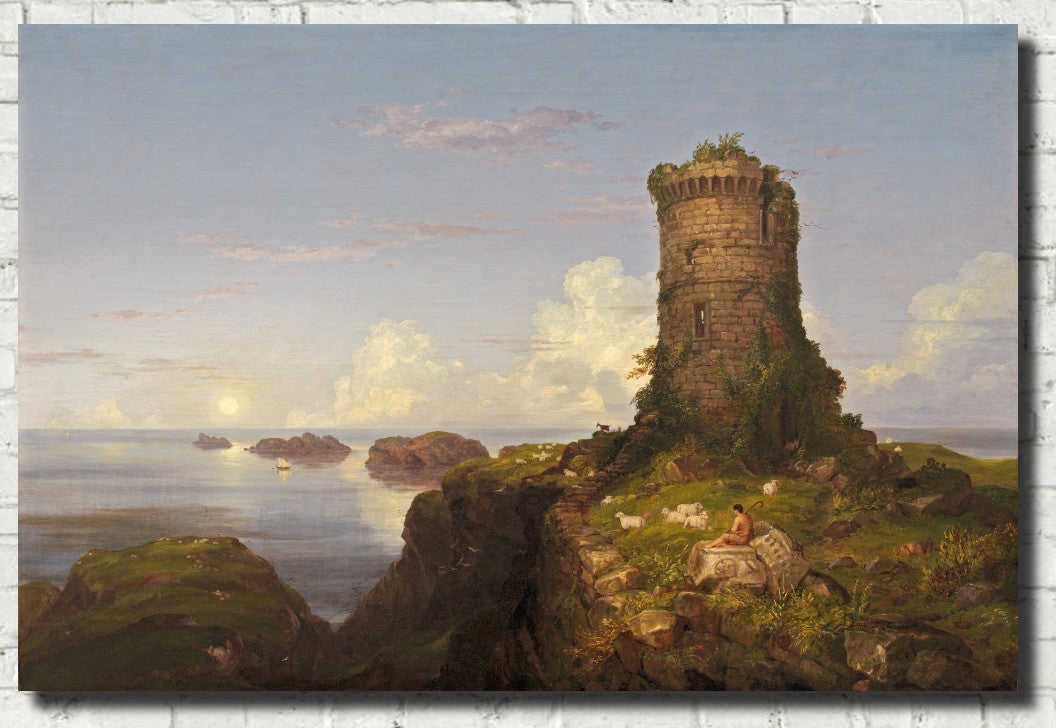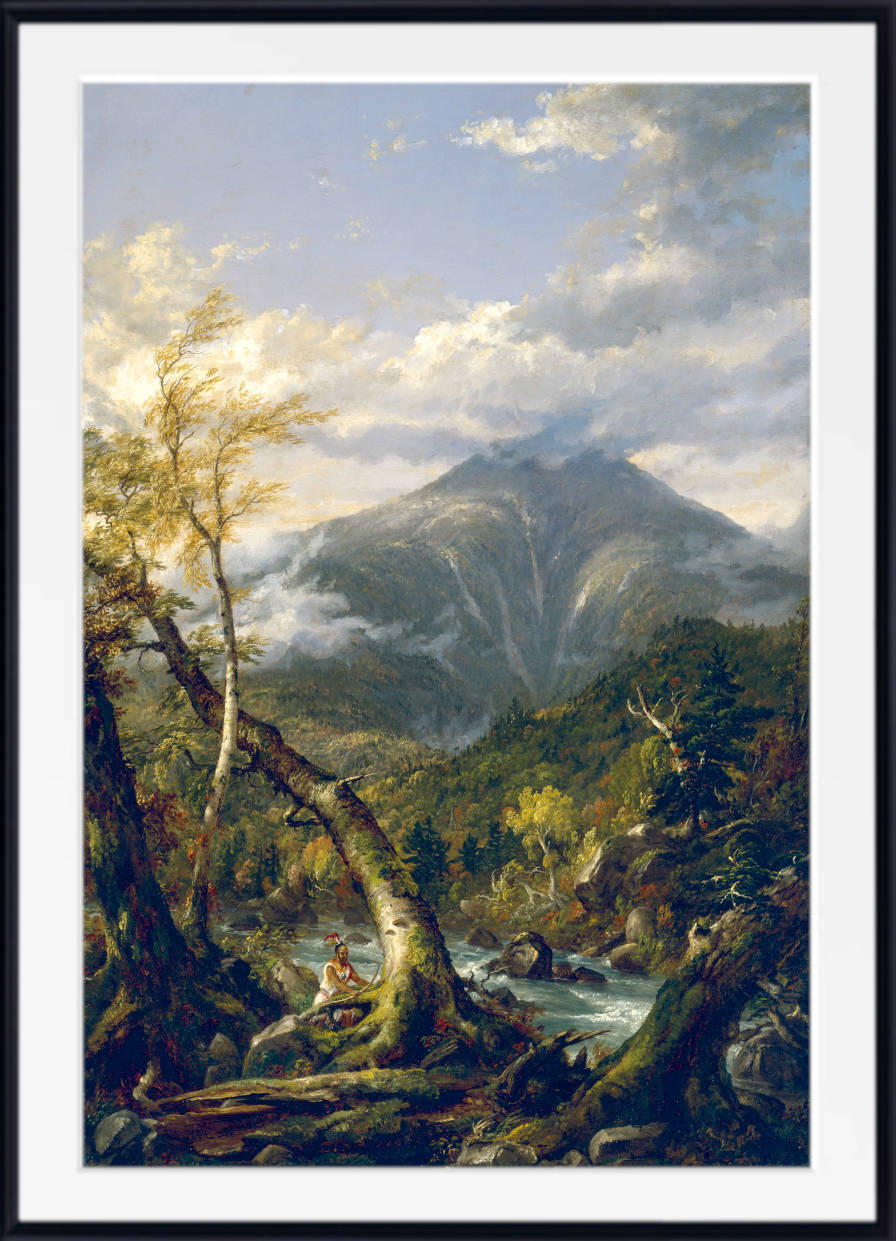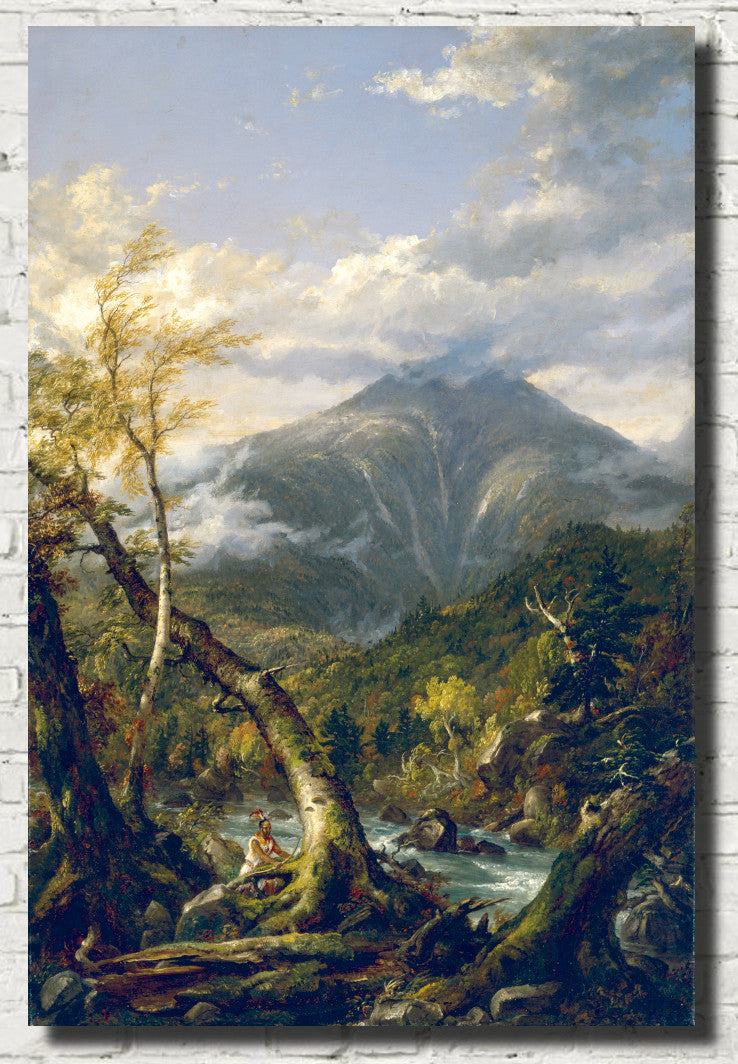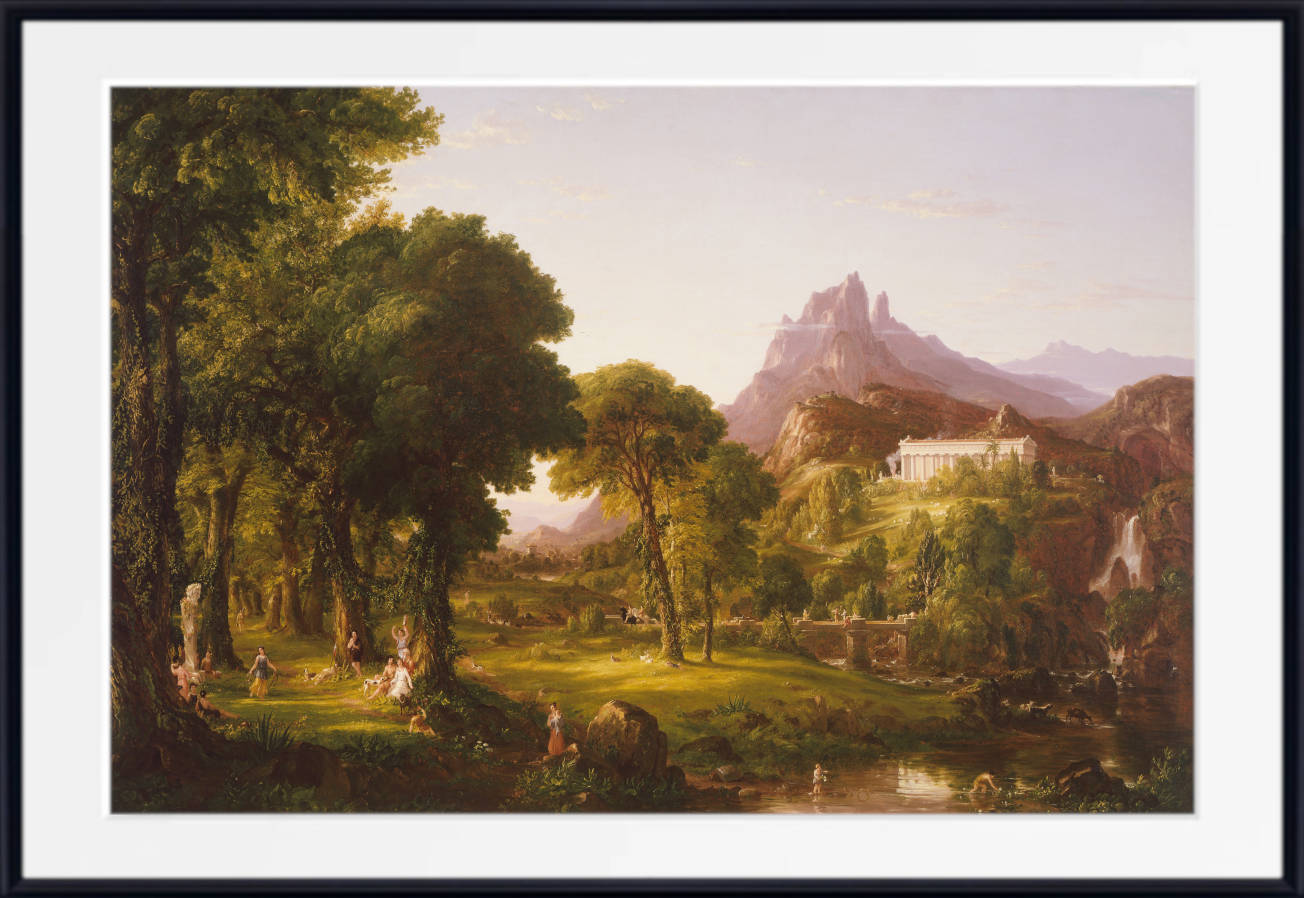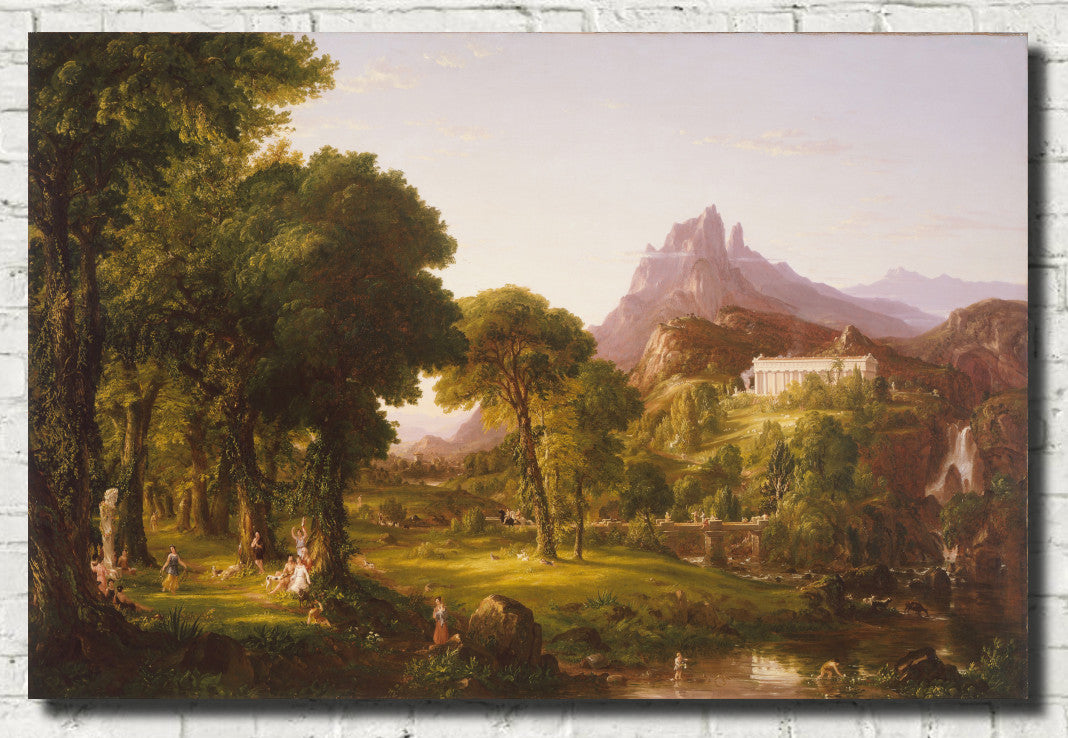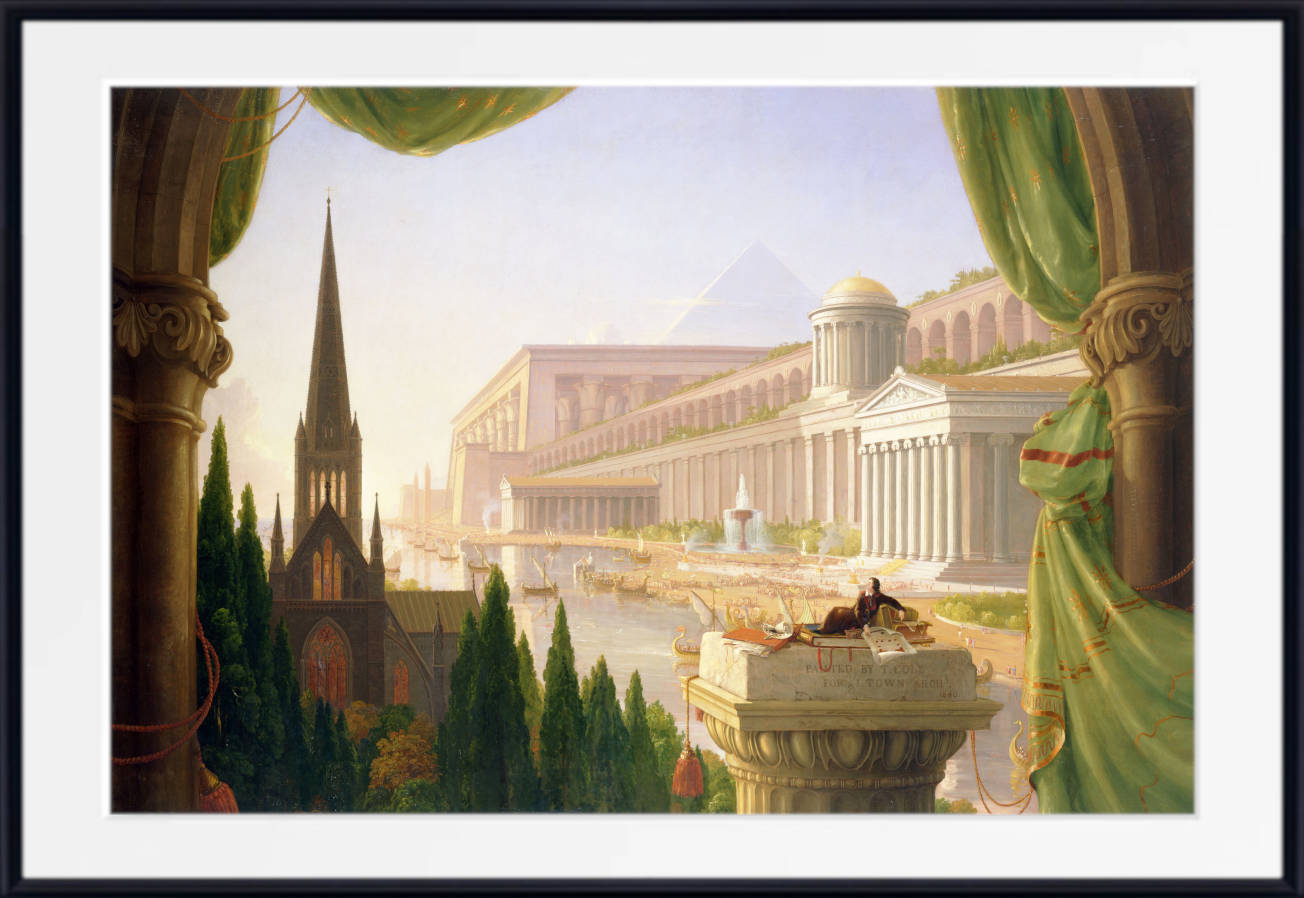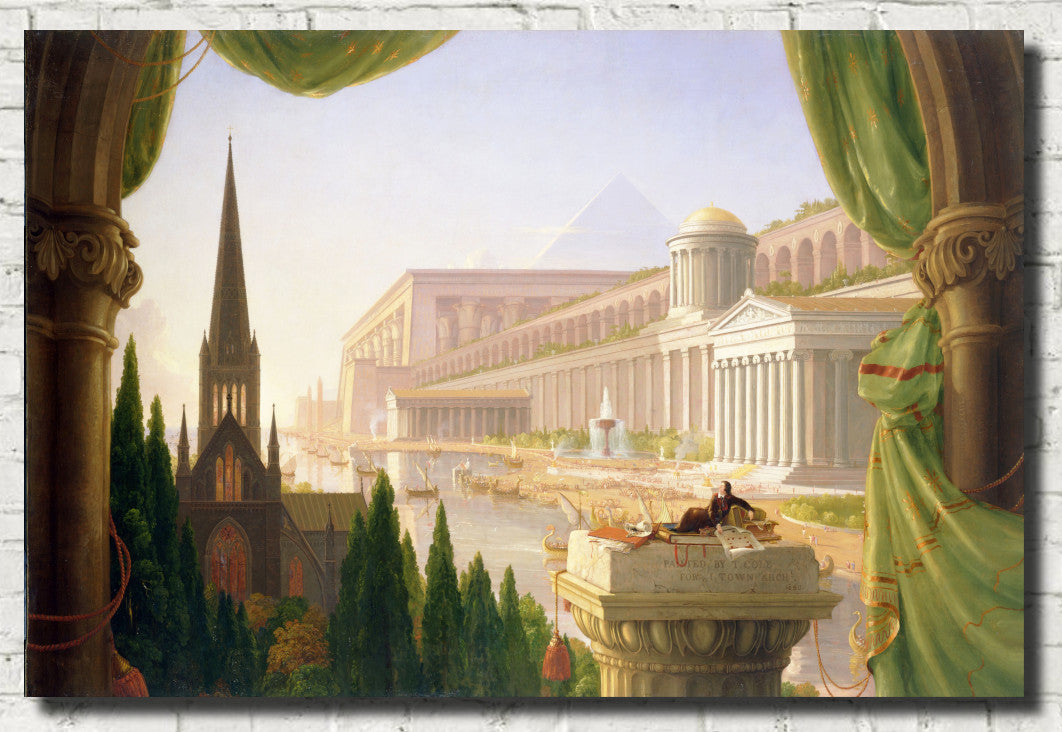Thomas Cole, Old Masters Fine Art Print, The Consummation
Couldn't load pickup availability
BUY WITH CONFIDENCE
Thomas Cole, Old Masters Fine Art Print, The Consummation
Thomas Cole Art Prints: Bring Timeless American Landscapes into Your Space
Transform your home or office with the breathtaking beauty of Thomas Cole art prints, celebrating the master of the Hudson River School. Each piece captures the grandeur of the American wilderness, evoking a sense of wonder and connection to nature that has captivated art lovers for centuries.
About Thomas Cole: The Father of American Landscape Painting
Thomas Cole (1801–1848) was a pioneering artist known for founding the Hudson River School, a movement that celebrated the unspoiled beauty of the American landscape. Born in Lancashire, England, Cole immigrated to the United States at age 17 and quickly fell in love with the rugged terrain of the New World. He traveled extensively through the Catskill Mountains and the Hudson Valley, where he drew inspiration for his majestic paintings.
Cole’s work is deeply intertwined with themes of exploration, spirituality, and the fleeting nature of human achievement in the face of eternal natural beauty. His most famous series, The Course of Empire, is a poignant allegory of civilization's rise and fall, told through sweeping landscapes.
The Thomas Cole Painting Style: Romanticism Meets Sublime Naturalism
Cole’s style is defined by his meticulous attention to detail, dramatic use of light, and profound sense of scale. Combining elements of European Romanticism with a uniquely American perspective, he masterfully conveyed the sublime—nature's power to inspire awe and reverence. His paintings often juxtapose untouched wilderness with human presence, emphasizing the fragility of humanity against the vastness of the natural world.
With vivid color palettes, intricate textures, and sweeping vistas, Cole’s works evoke a deep emotional response, inviting viewers to pause and reflect on their relationship with the environment.
Why Choose Thomas Cole Prints for Your Space?
- Iconic American Art: Celebrate the spirit of discovery and the beauty of untamed landscapes.
- Timeless Elegance: Perfect for home décor, offices, or as meaningful gifts for art enthusiasts.
- Exceptional Detail: High-quality prints that faithfully reproduce Cole's masterful brushstrokes and rich tones.
- Inspirational Themes: Bring a sense of serenity and reflection to any setting.
Available Thomas Cole Prints
Discover some of Cole’s most renowned works, including:
- The Oxbow (1836): A sweeping view of the Connecticut River Valley, blending wild nature with cultivated farmland.
- The Voyage of Life Series: A four-part allegory representing the stages of human life, filled with symbolic imagery.
- Expulsion from the Garden of Eden (1828): A dramatic depiction of paradise lost, rendered with stunning intensity.
Order Your Thomas Cole Prints Today
Elevate your space with Thomas Cole art prints and experience the power of one of America’s most celebrated painters. Each print is crafted with care, ensuring that every detail of Cole's genius is preserved. Whether you’re a longtime admirer of his work or discovering his art for the first time, these prints are a timeless addition to any collection.
Shop now and bring the majestic beauty of Thomas Cole into your world!
All orders for unframed fine art prints and original paintings are dispatched within 2 working days of receipt of payment.
Orders for custom framed prints are dispatched within 4 working days.
All orders are fully tracked from dispatch to delivery at your home or business.
All print and original painting orders are fully insured against loss or damage in transit. We refund or replace any damaged or lost orders.
Buy with confidence - read what our satisfied customers have to say - Reviews
Fine art papers are printed without any additional white border Please let us know at the time of ordering if you would like a small additional white border.
Rolled canvas options have an additional white border of approximately 2.5 inches (7cm) on all 4 sides to aid stretching.
Ready to hang canvas panels are stretched on 1.5 inch deep solid pine frames from sustainable forestry sources. The image is mirrored on all 4 sides to give an aesthetically pleasing finish.
Why not have us gift wrap your order and attach a personalised message to the recipient. Available for all orders. Each order is hand wrapped in high quality gift wrap with meatllic ribbon and bow. Your personalised message is printed on a card which is included with your order.
Have your hand wrapped gift delivered directly to the recipient.
Full tracking and insurance included with every order.
Please note design may vary depending upon availability
Just purchase the gift wrap option HERE
We have a wide range of frames in standard sizes and we also make custom size frames.
To order a framed print:
1. select the print size you would like along with the print materials (matte paper, fine art paper).
2. Add your print choice to the basket.
3. Choose from our range of frames
4. Select the same size as the print you have added to your basket. If the frame size you want is not listed please contact us
5. Choose from the mount or no-mount option
6. Add your frame choice to the basket
7. Proceed to checkout.
Why Choose GalleryThane?
- Printed and framed in-house
- Free UK delivery
- Free EU and USA delivery on orders over £200
- Tracking and insurance included in every order
- Fast 1-3 day dispatch
- Gift wrapping service available
- Gallery quality materials
- Sustainable, eco-friendly packaging
- Great customer support
What makes our Prints and Canvas Panels so special

Latest Giclee Printing Technology
We have invested in the latest wide format print technology to produce museum quality giclee prints utilising the highest quality pigment inks to give outstanding colour reproduction.

Museum Quality Archival Fine Art Papers
We print on the finest quality fine art papers with textured, smooth and lustre finishes for prints which last a lifetime.
From aceo miniatures to 40x80 inch large format, every print has our lifetime quality guaranteee.

Solid Wood Frames, Cotton Canvas
All of the wood for our canvas panels and frames is responsibly sourced from manages forests. Our cotton canvas is completely seedless for the highest quality reproduction possible.

